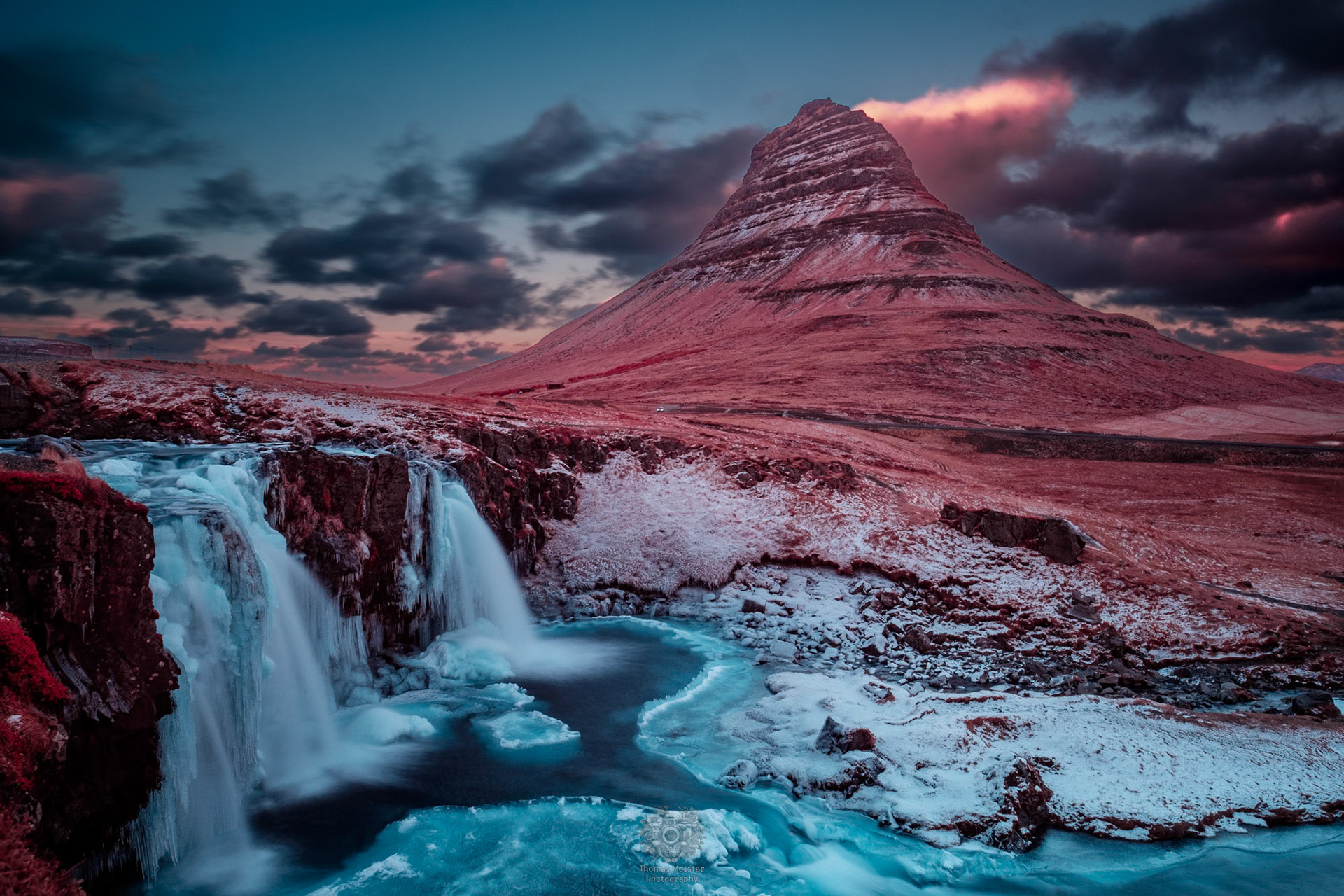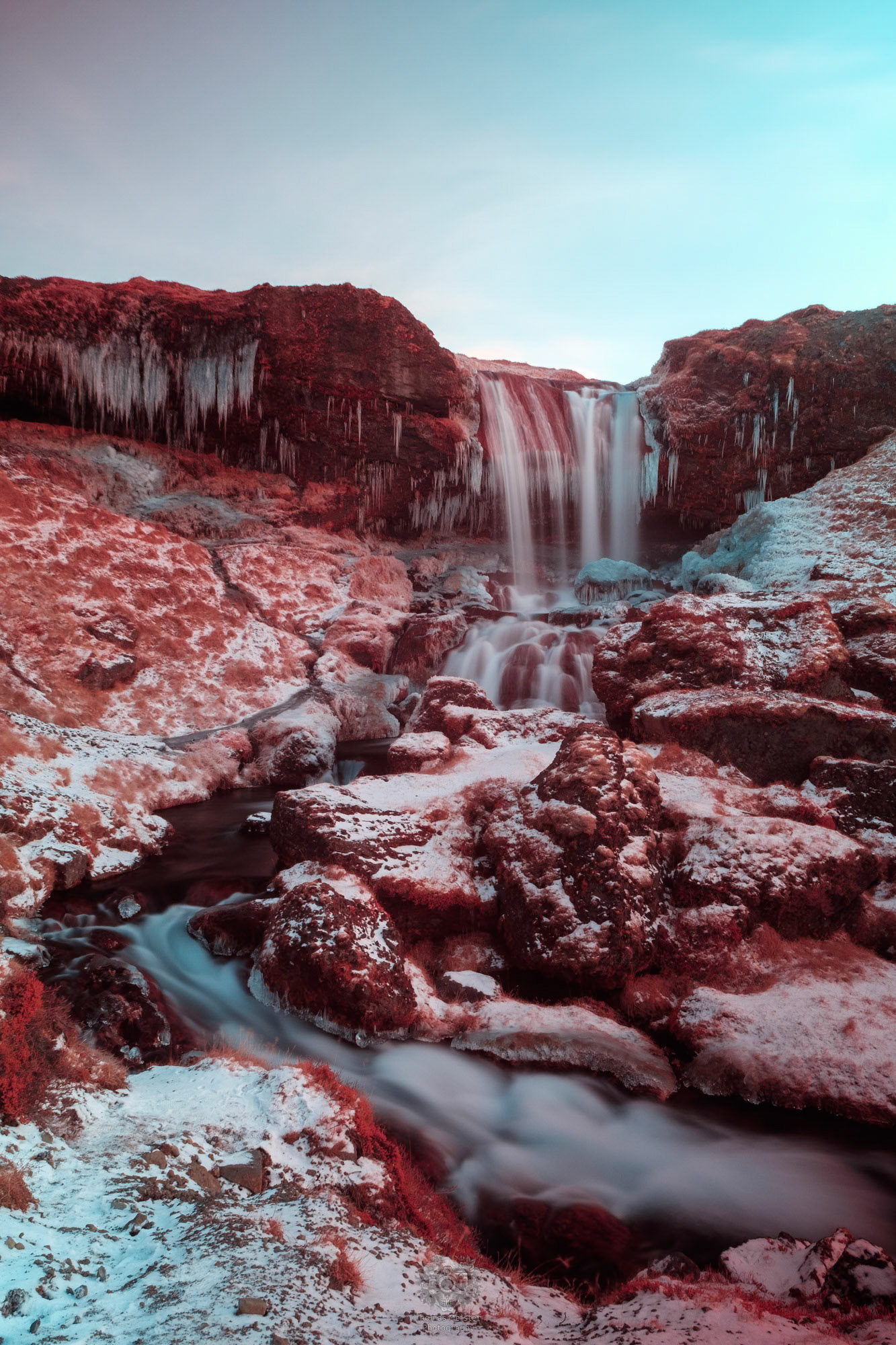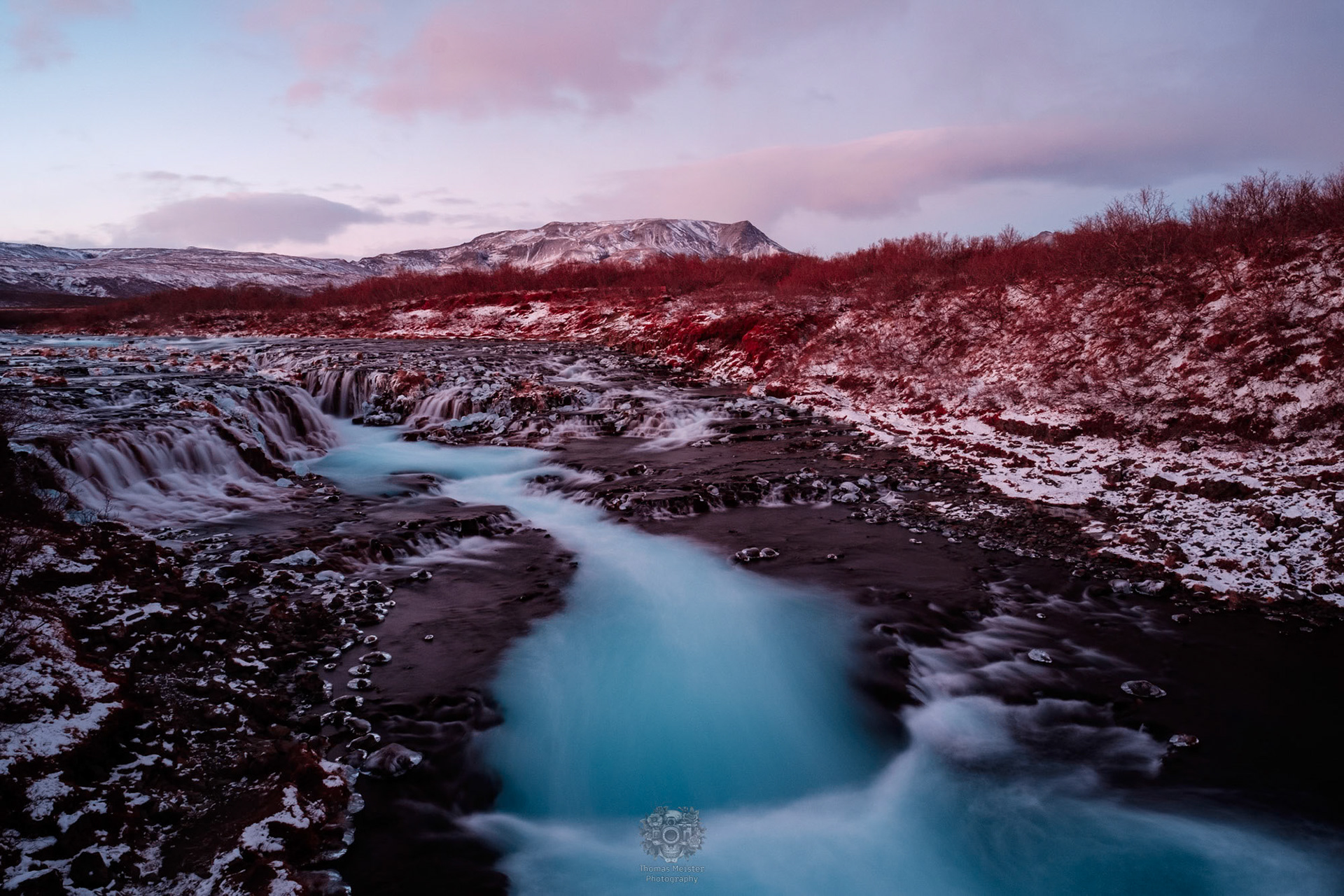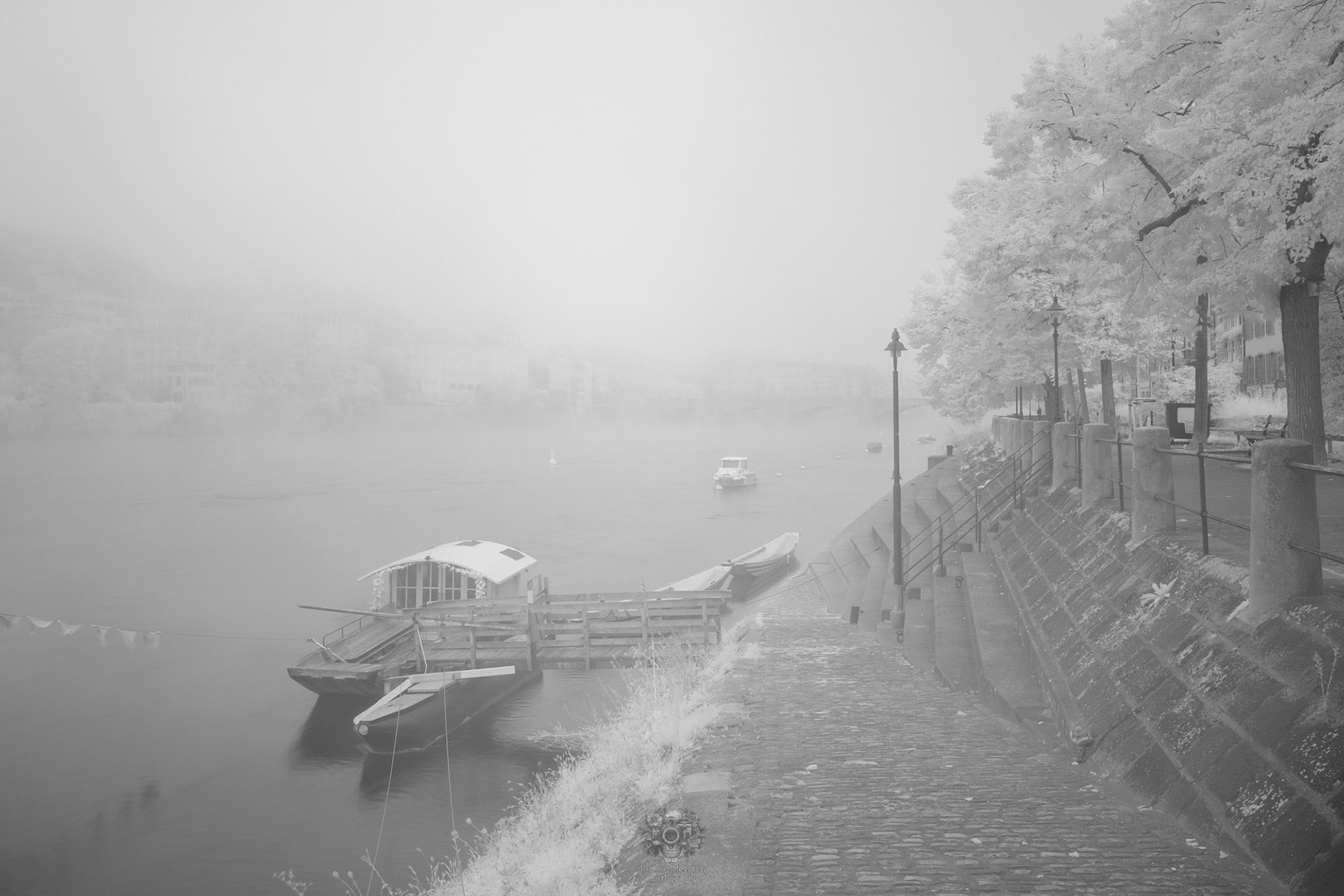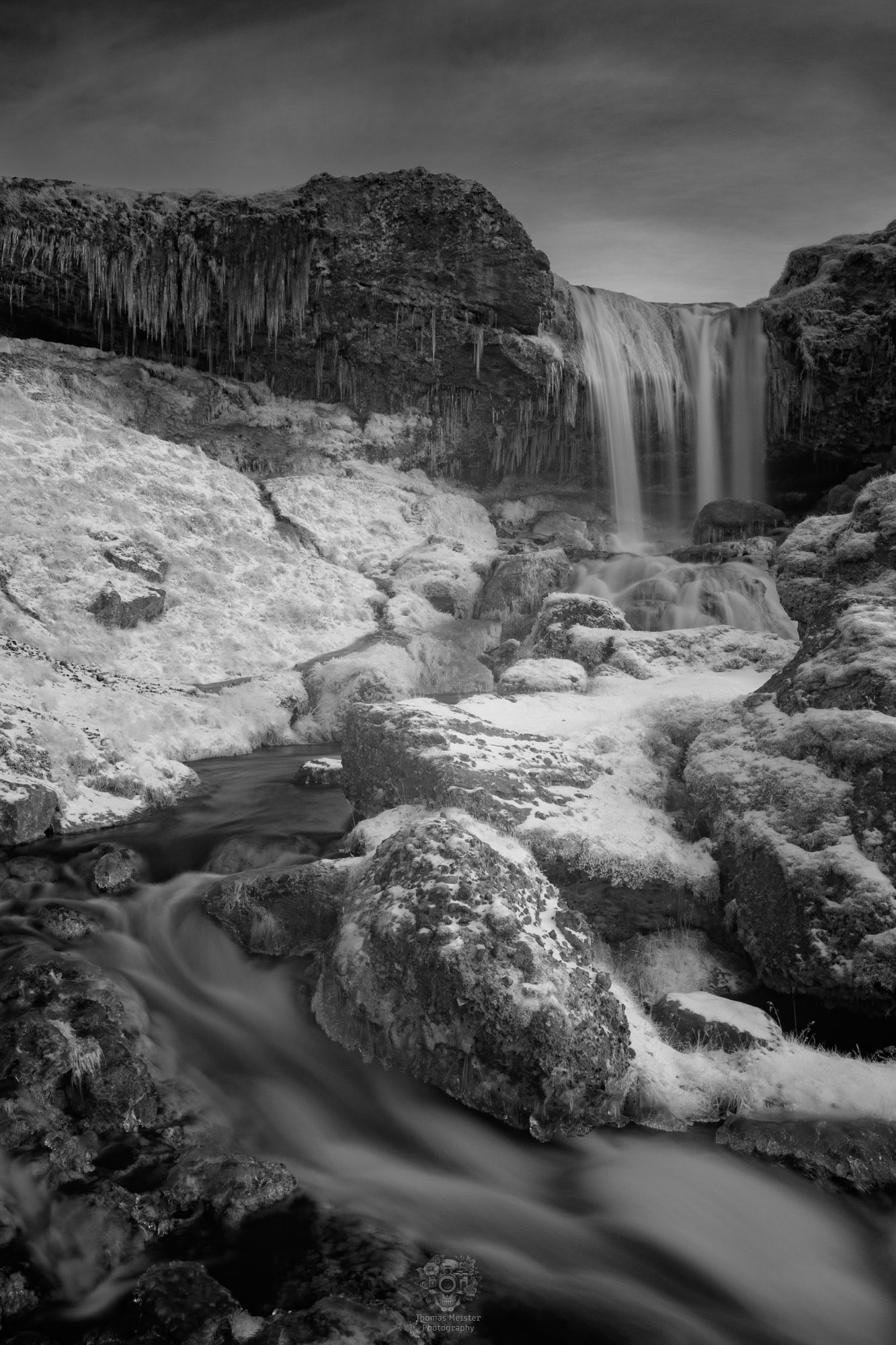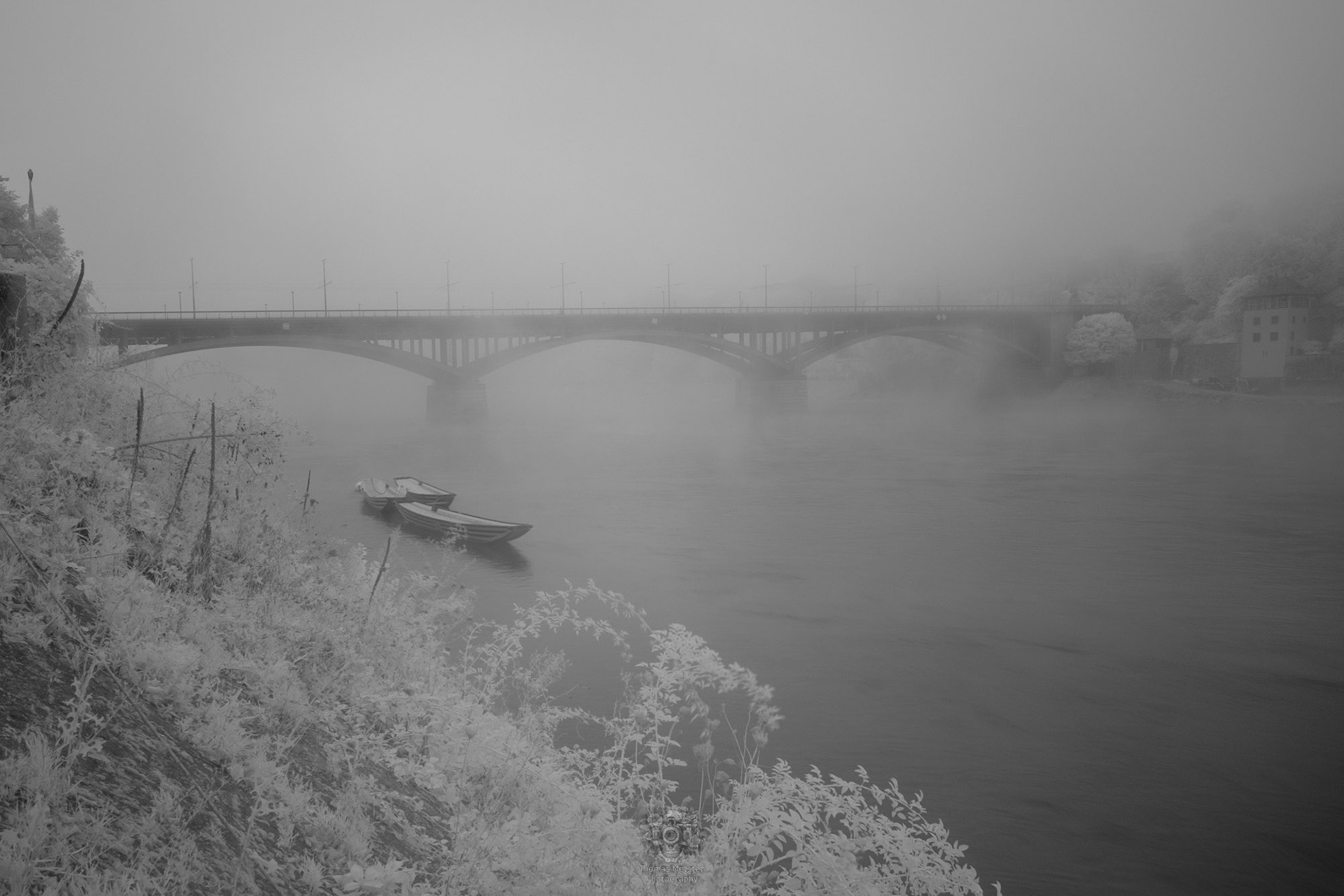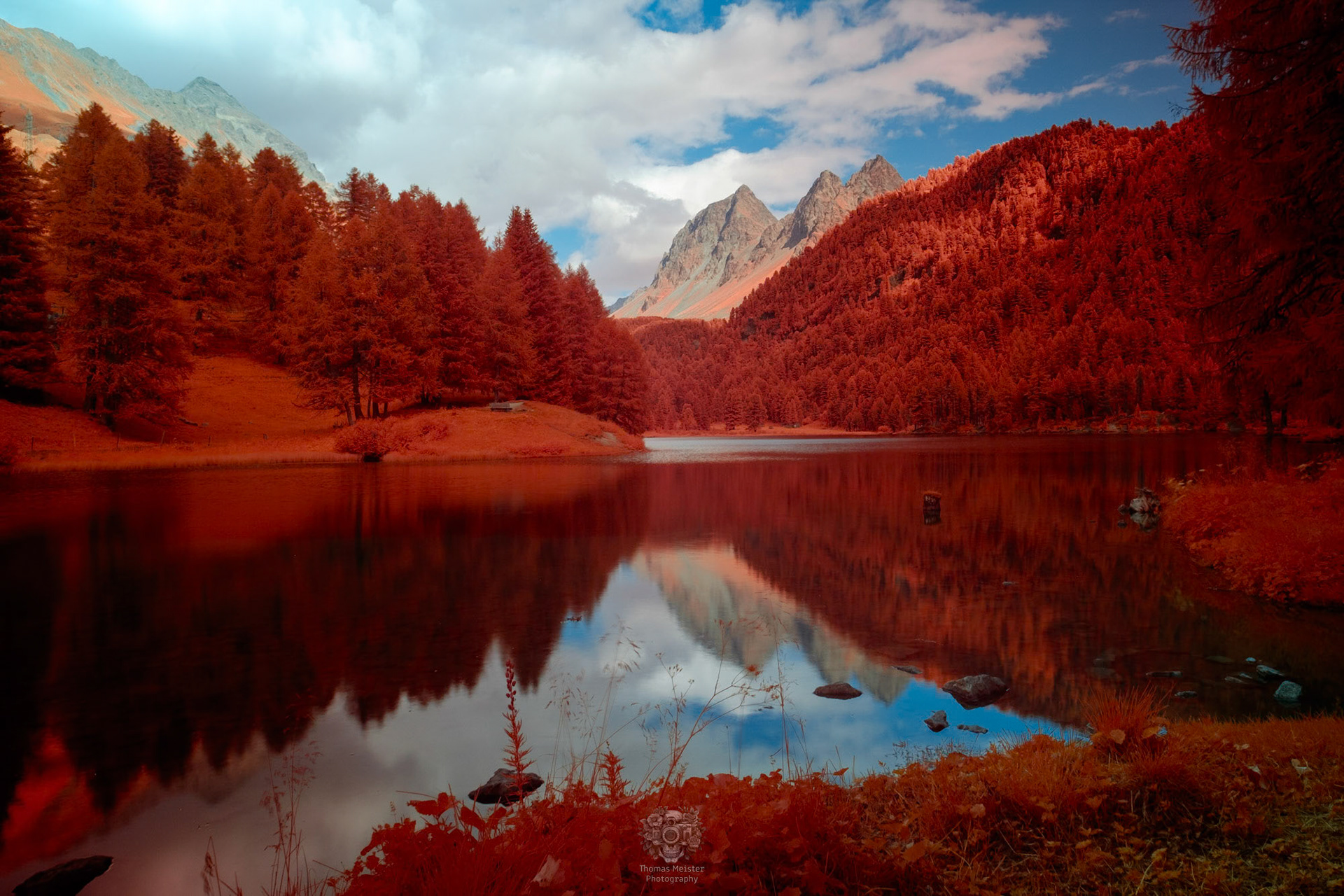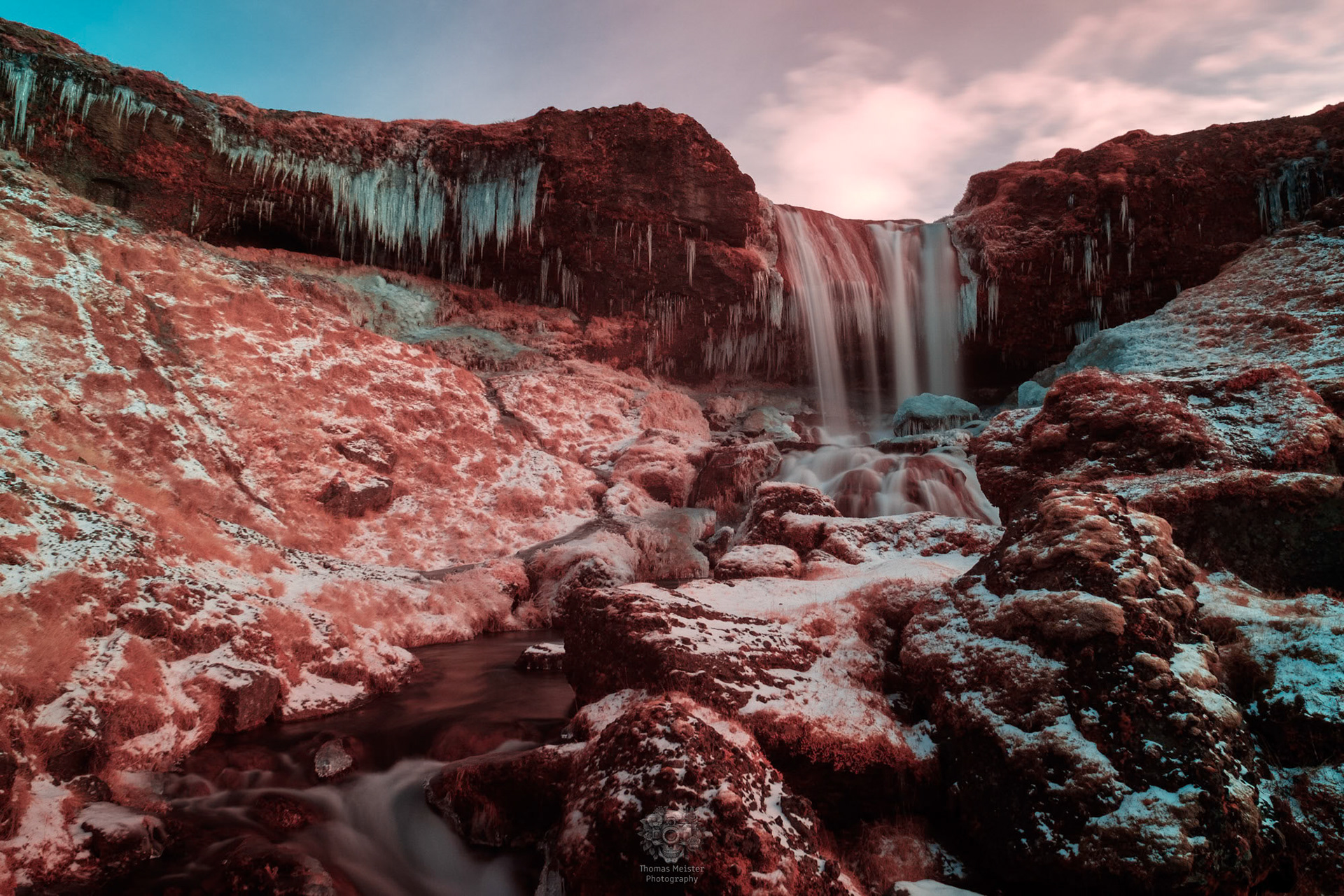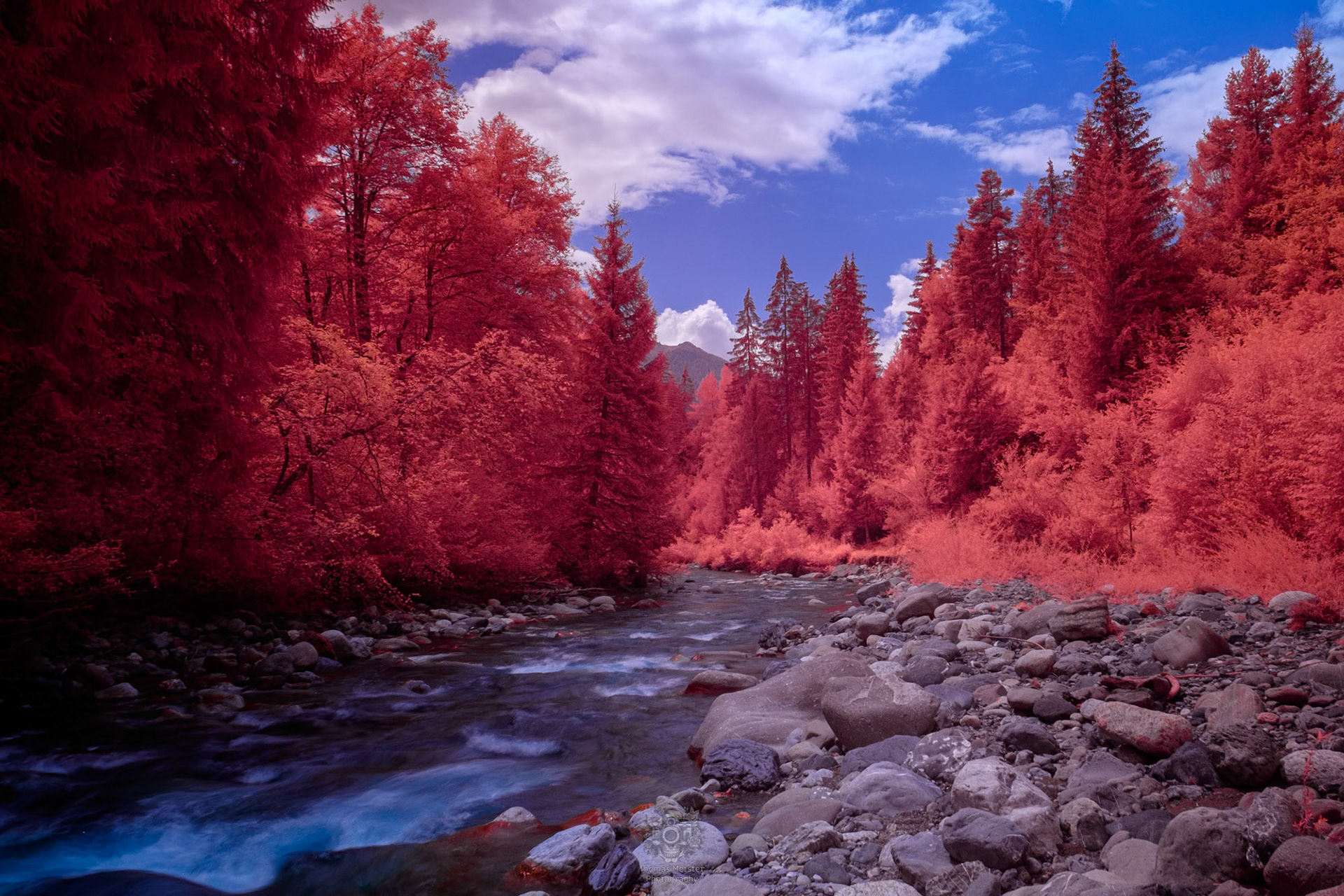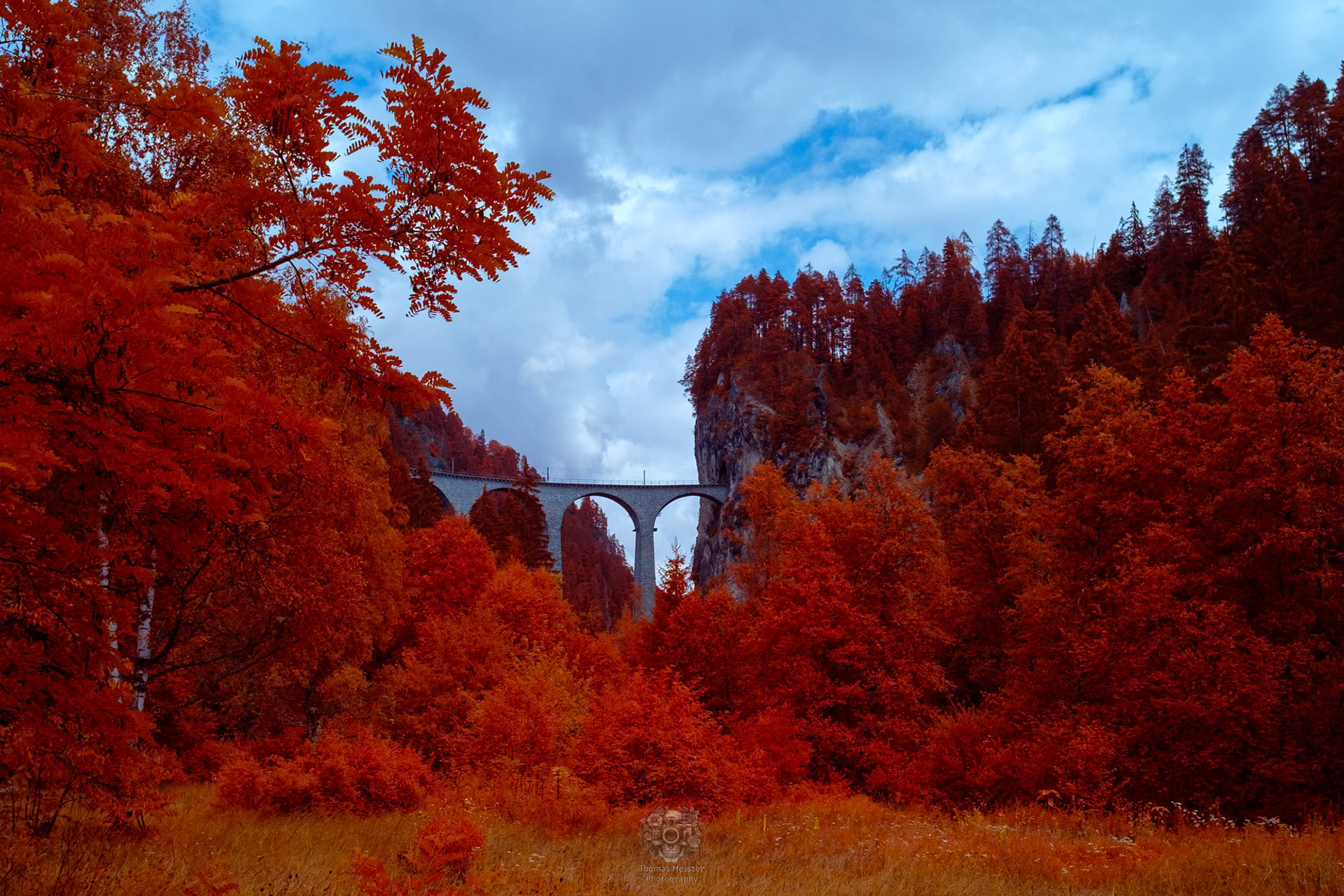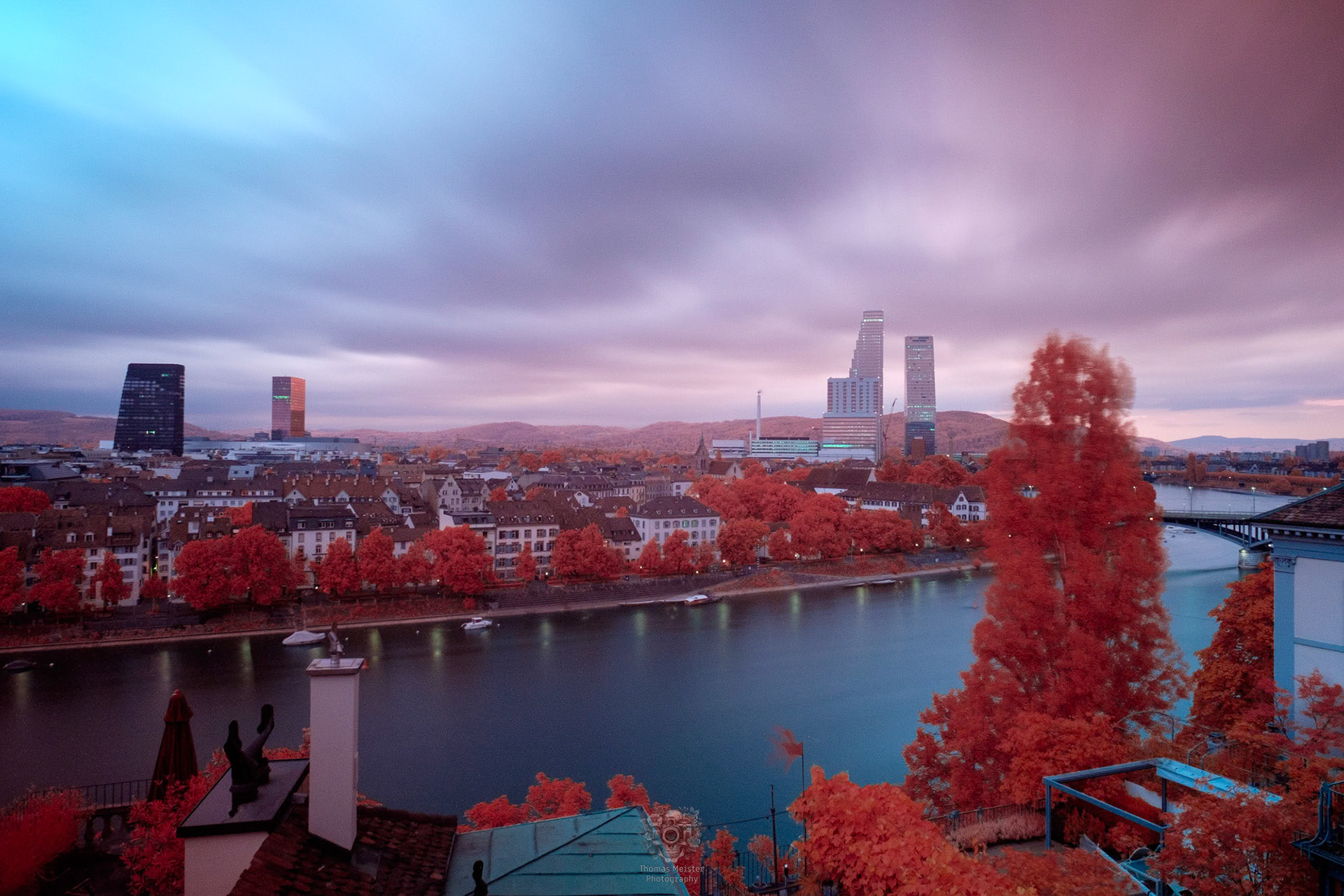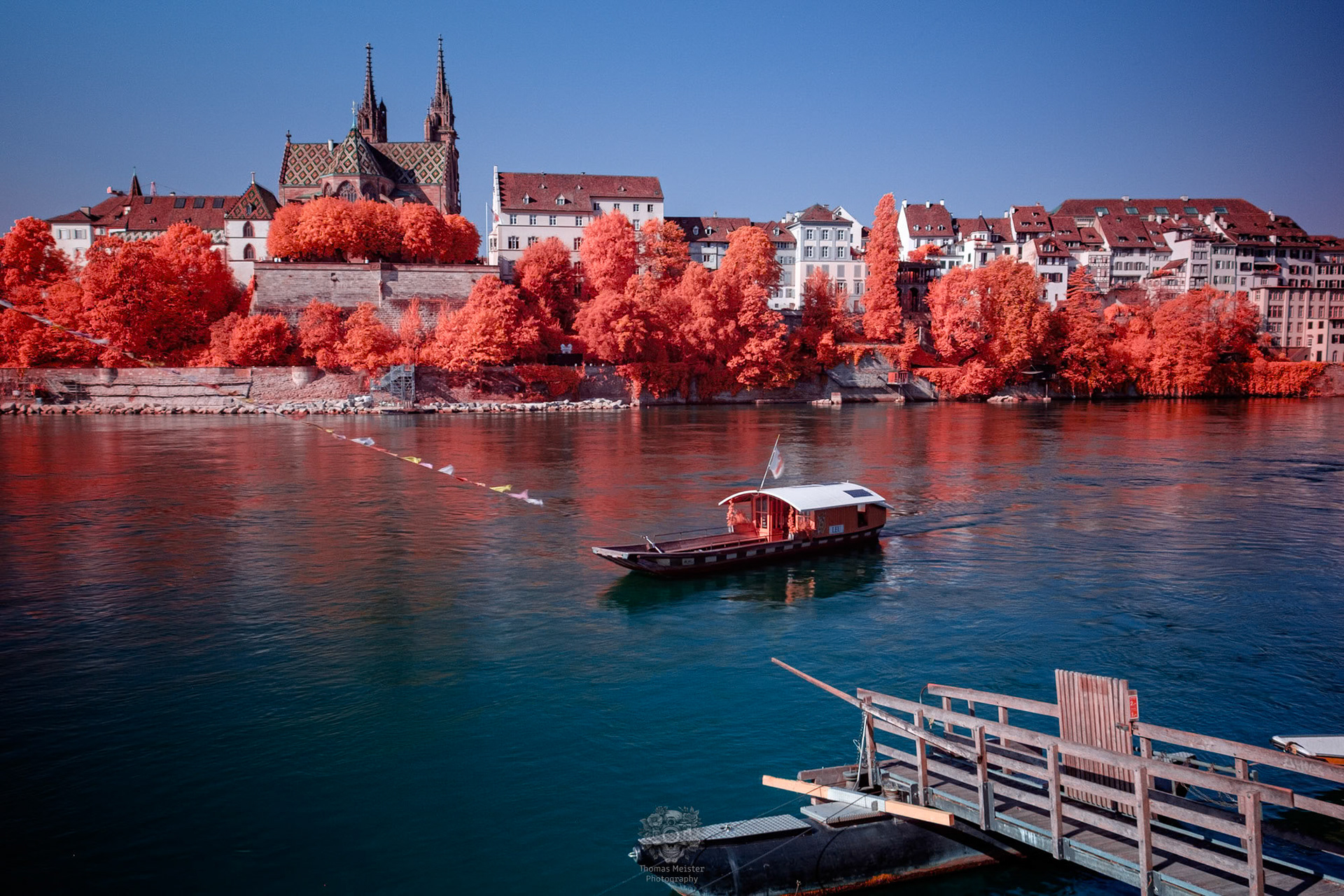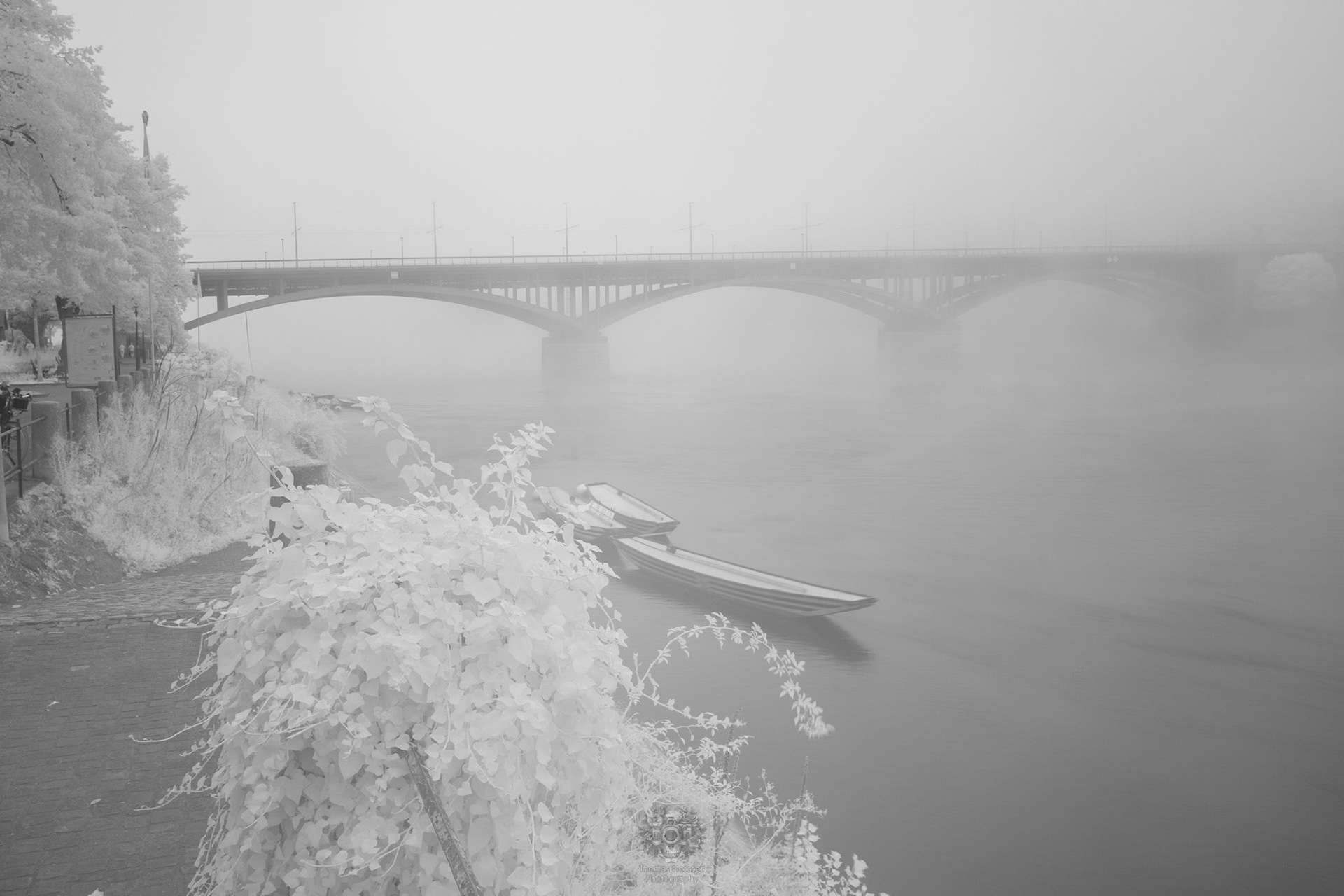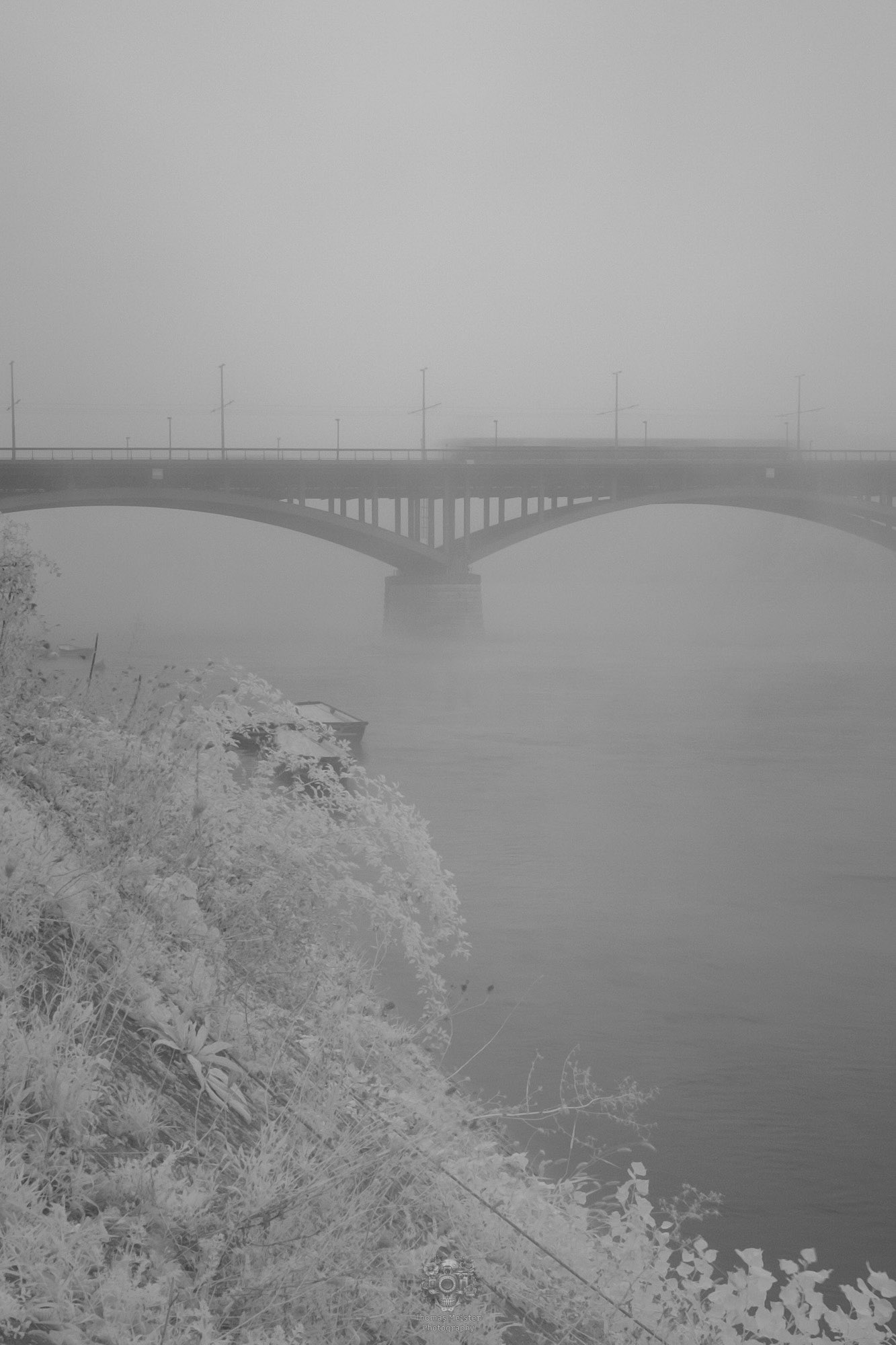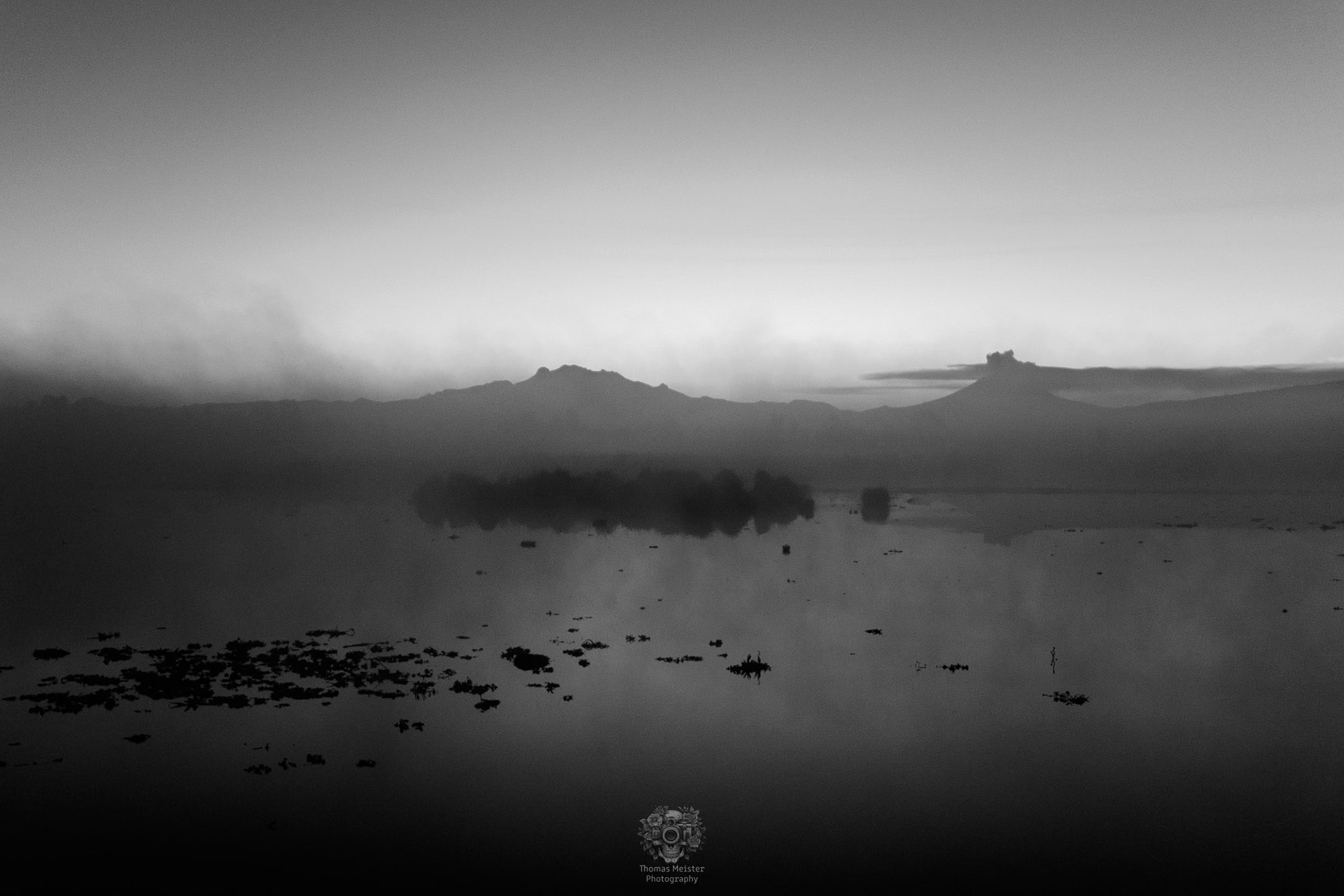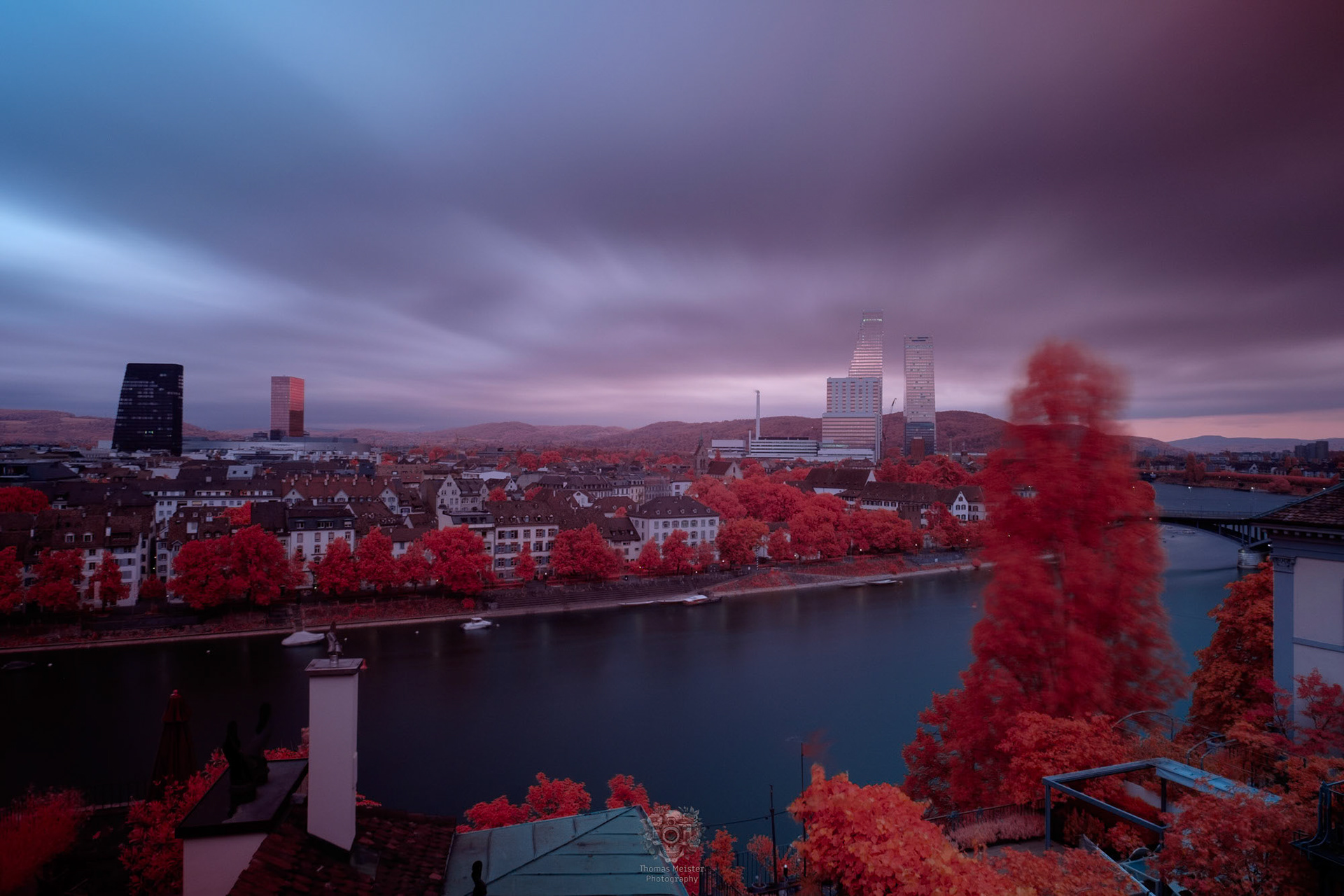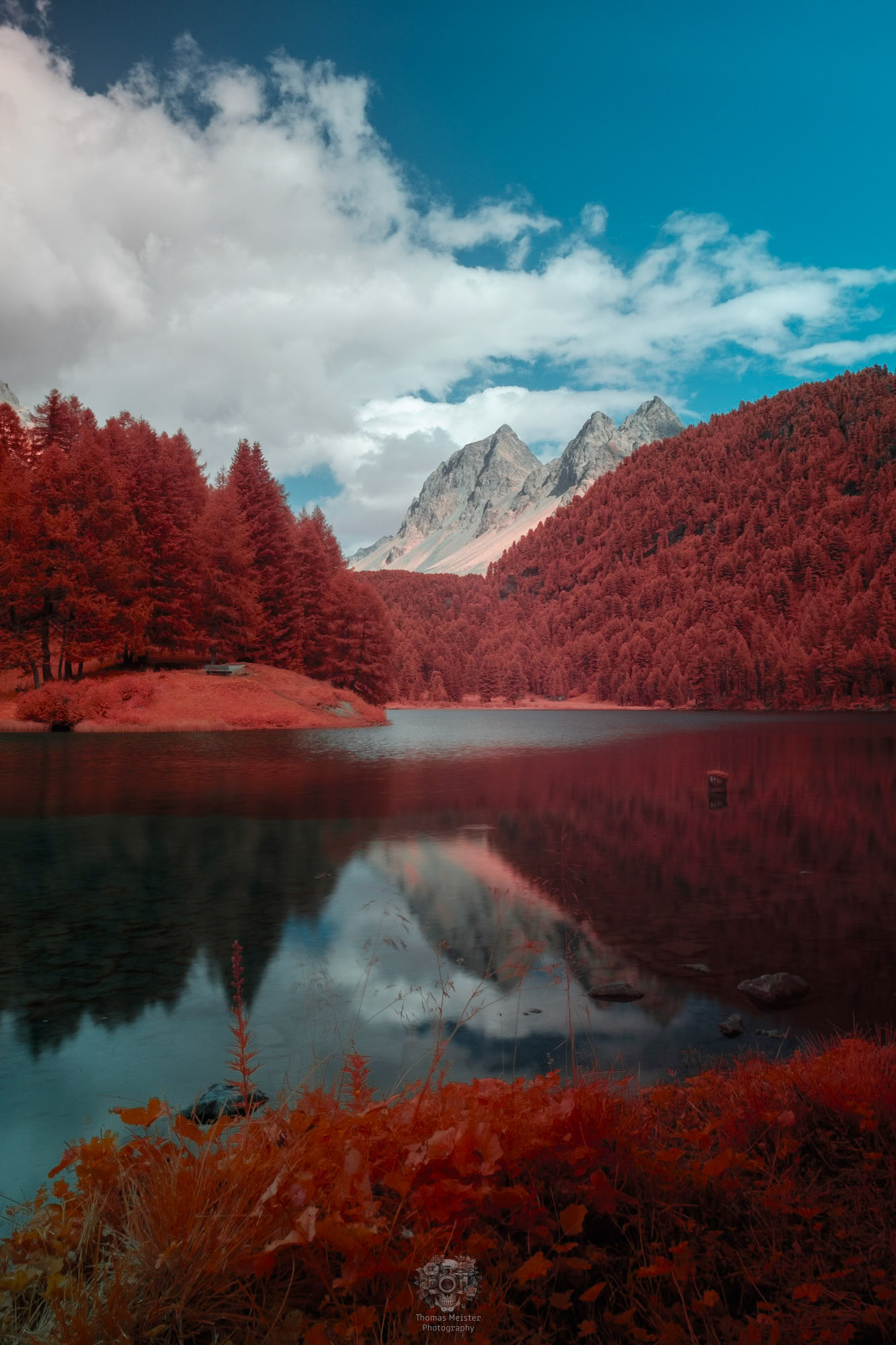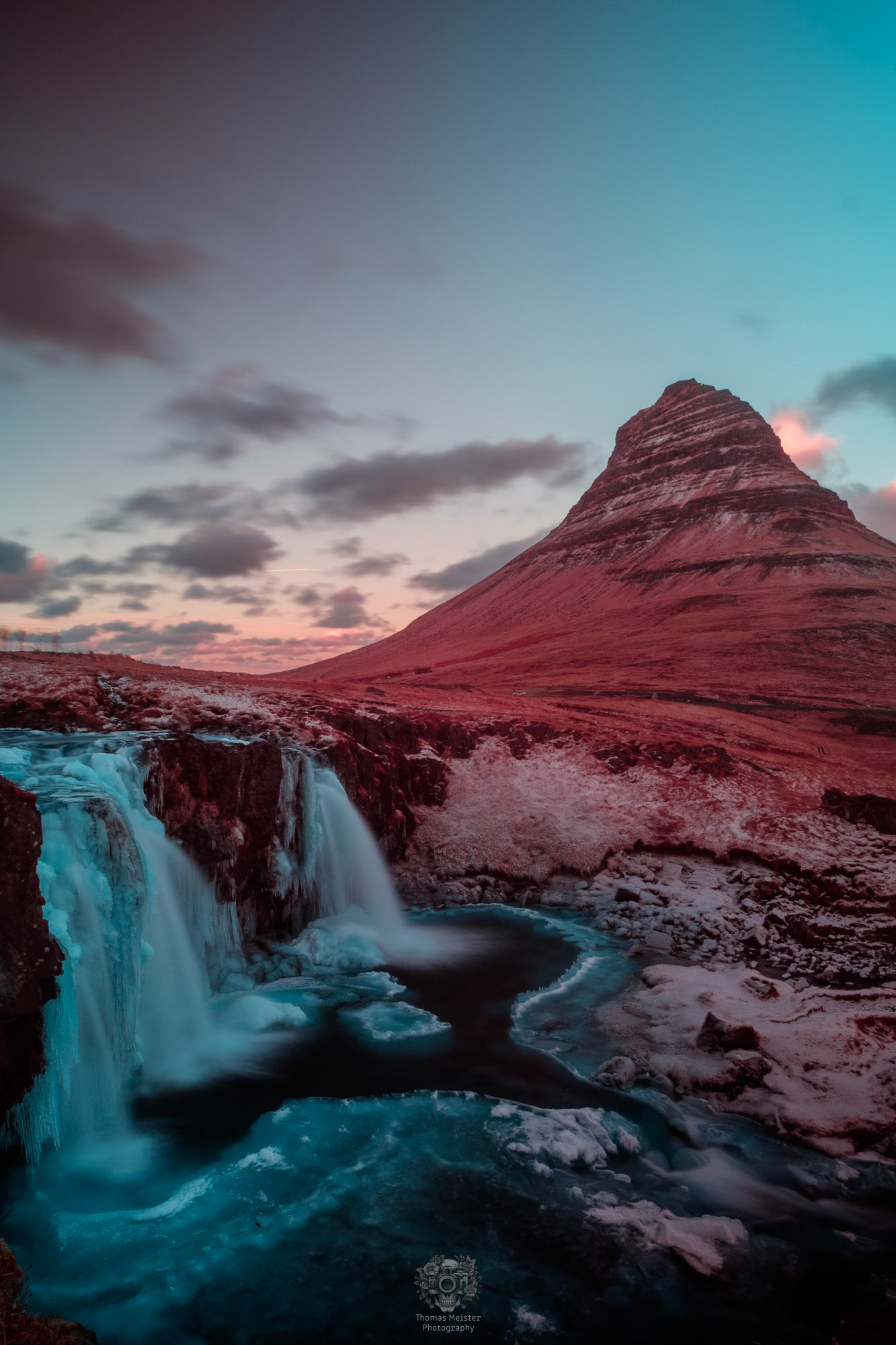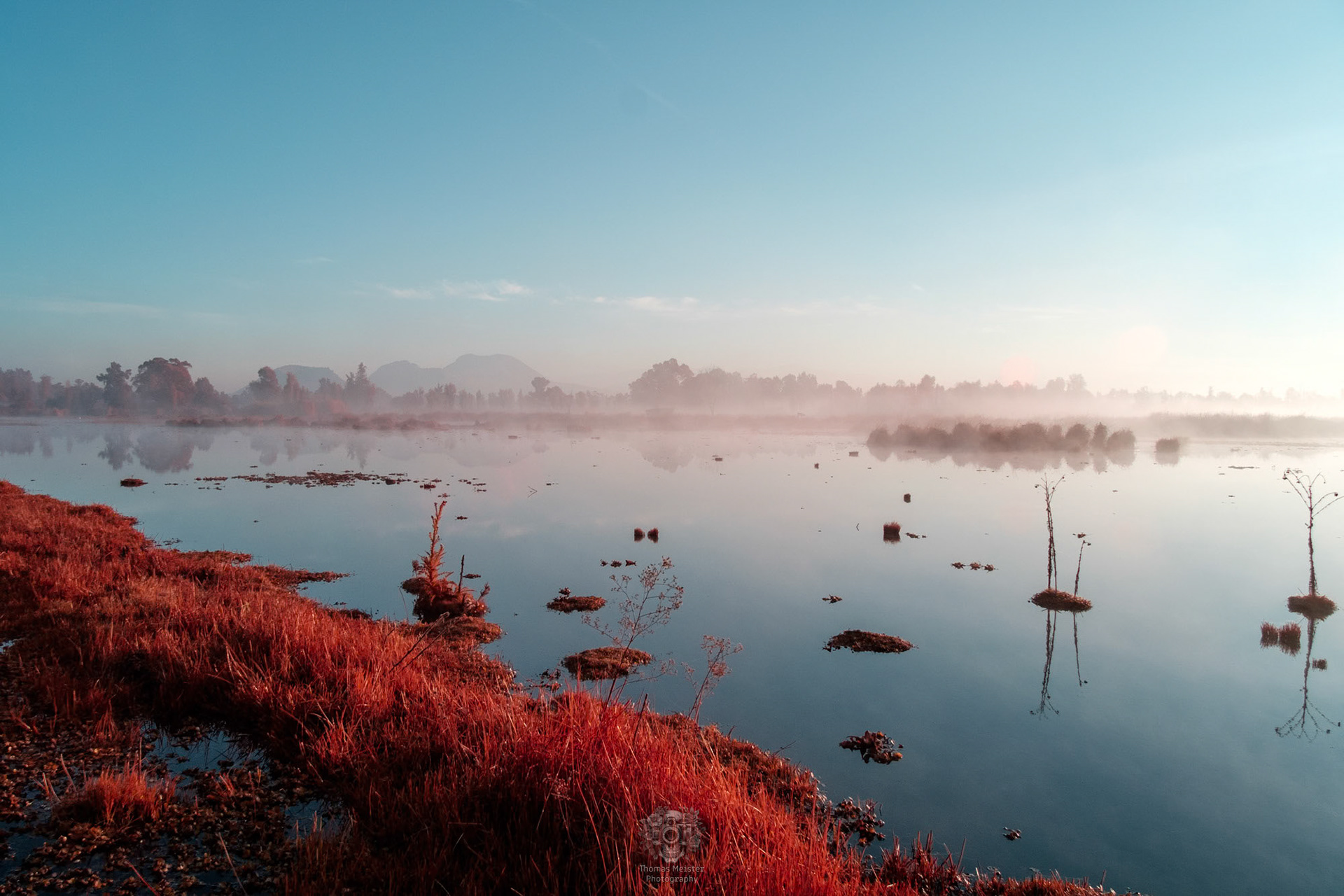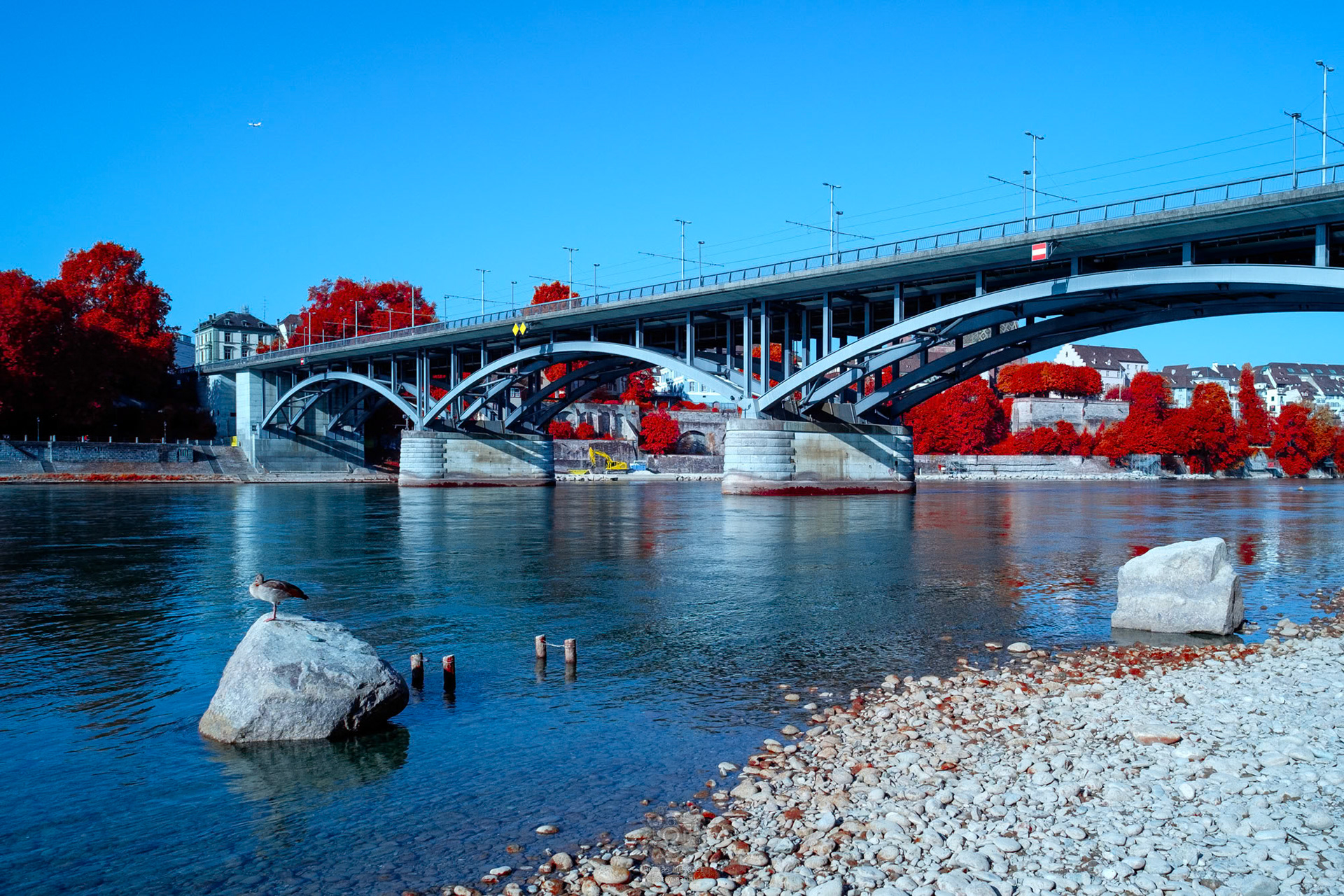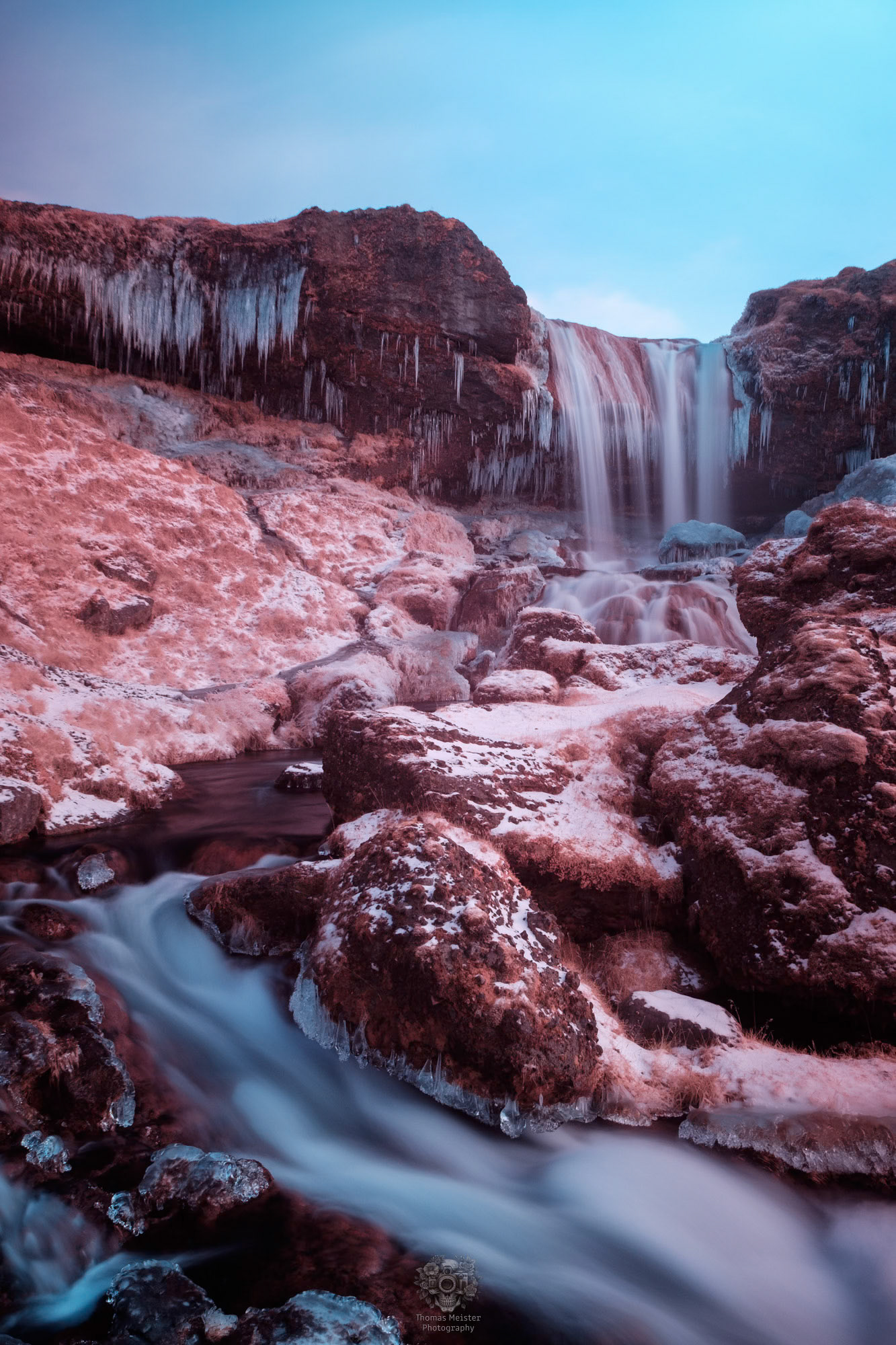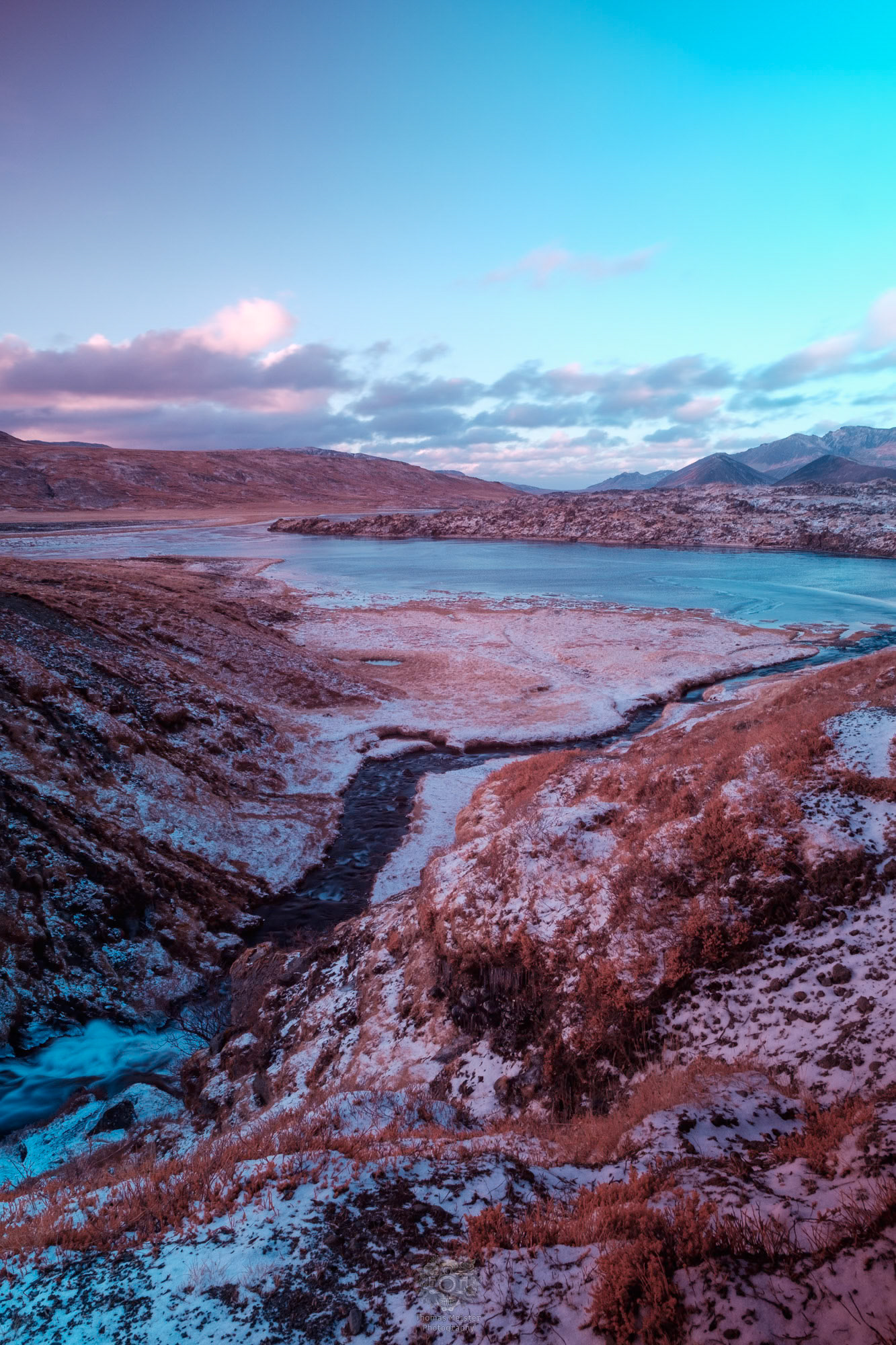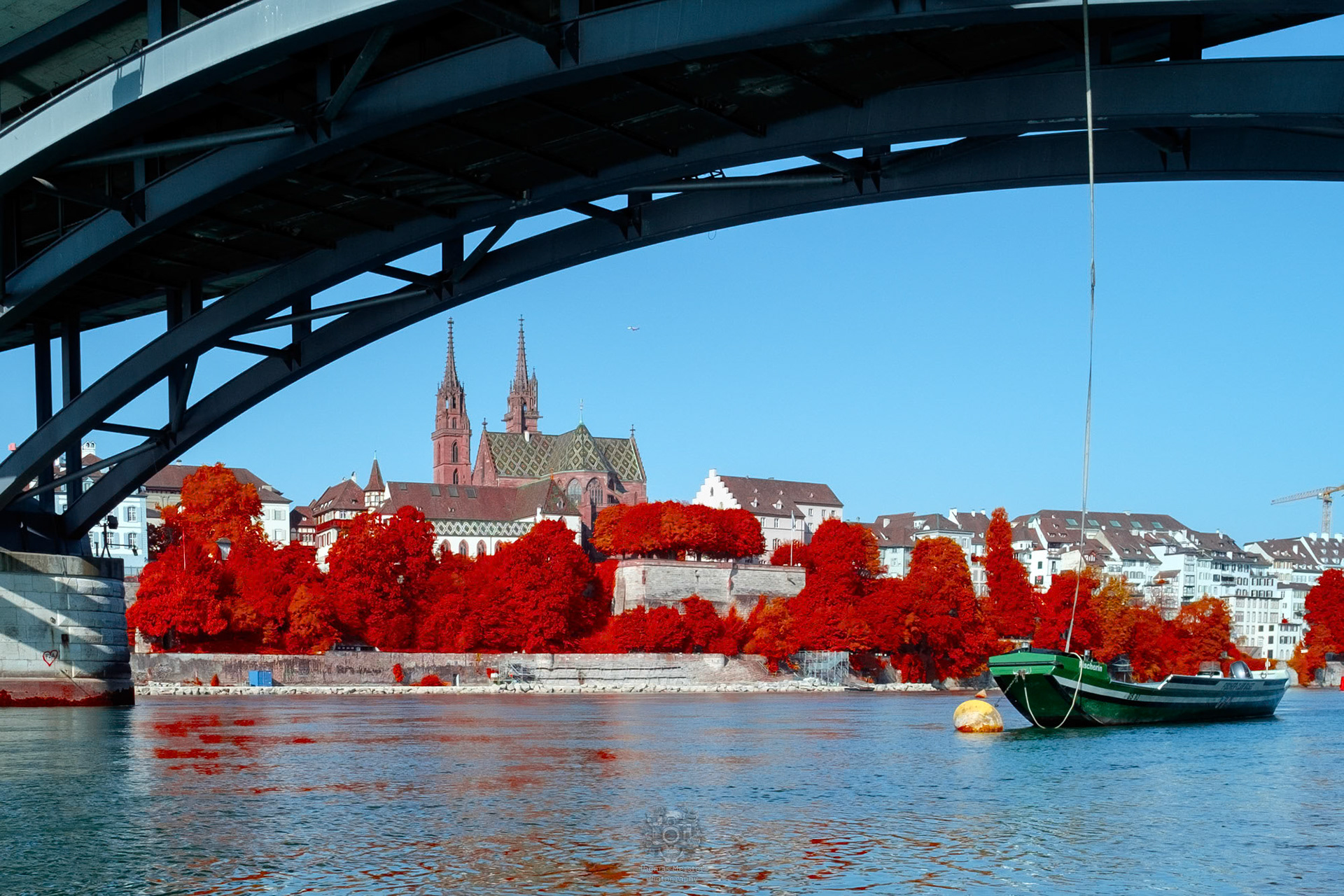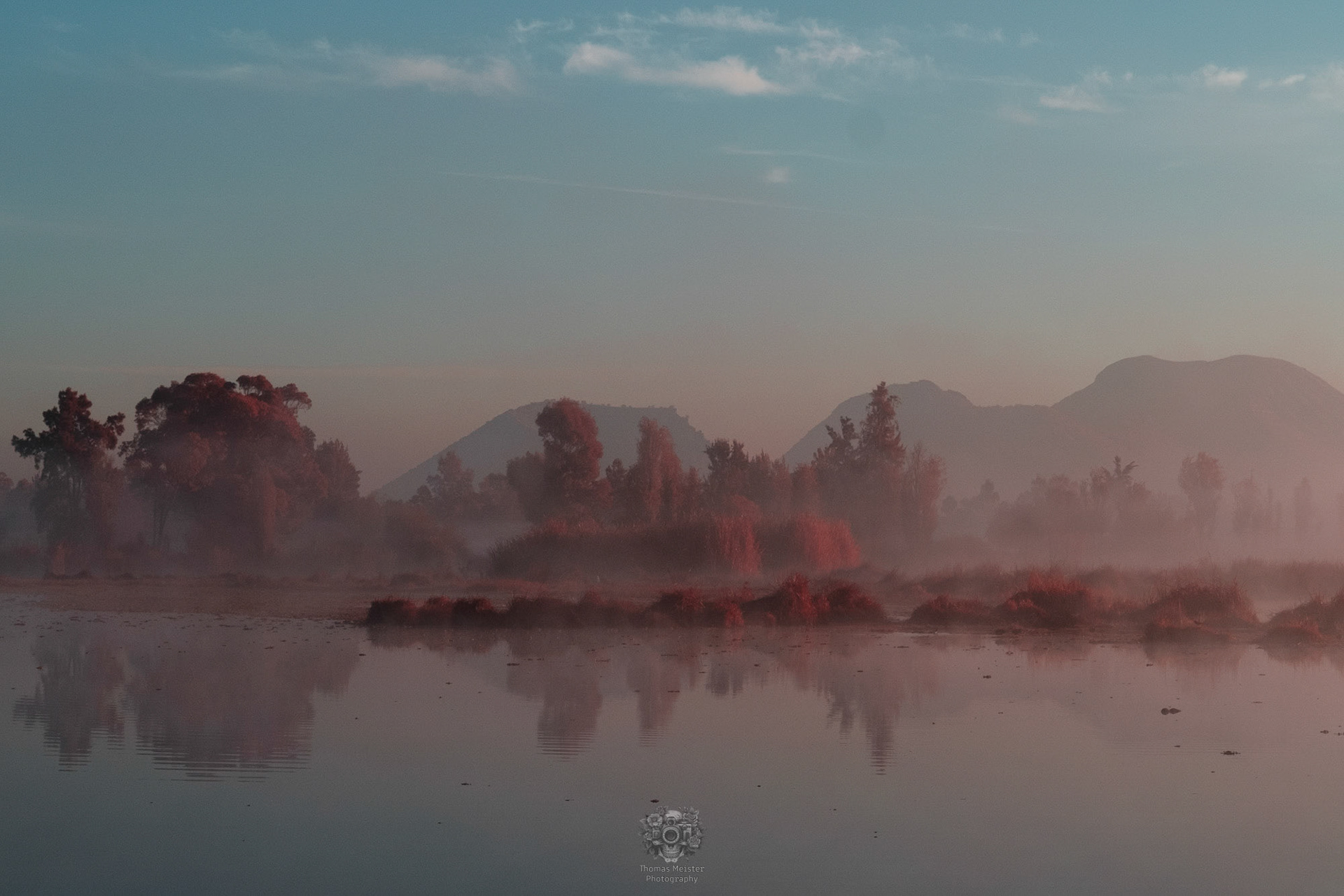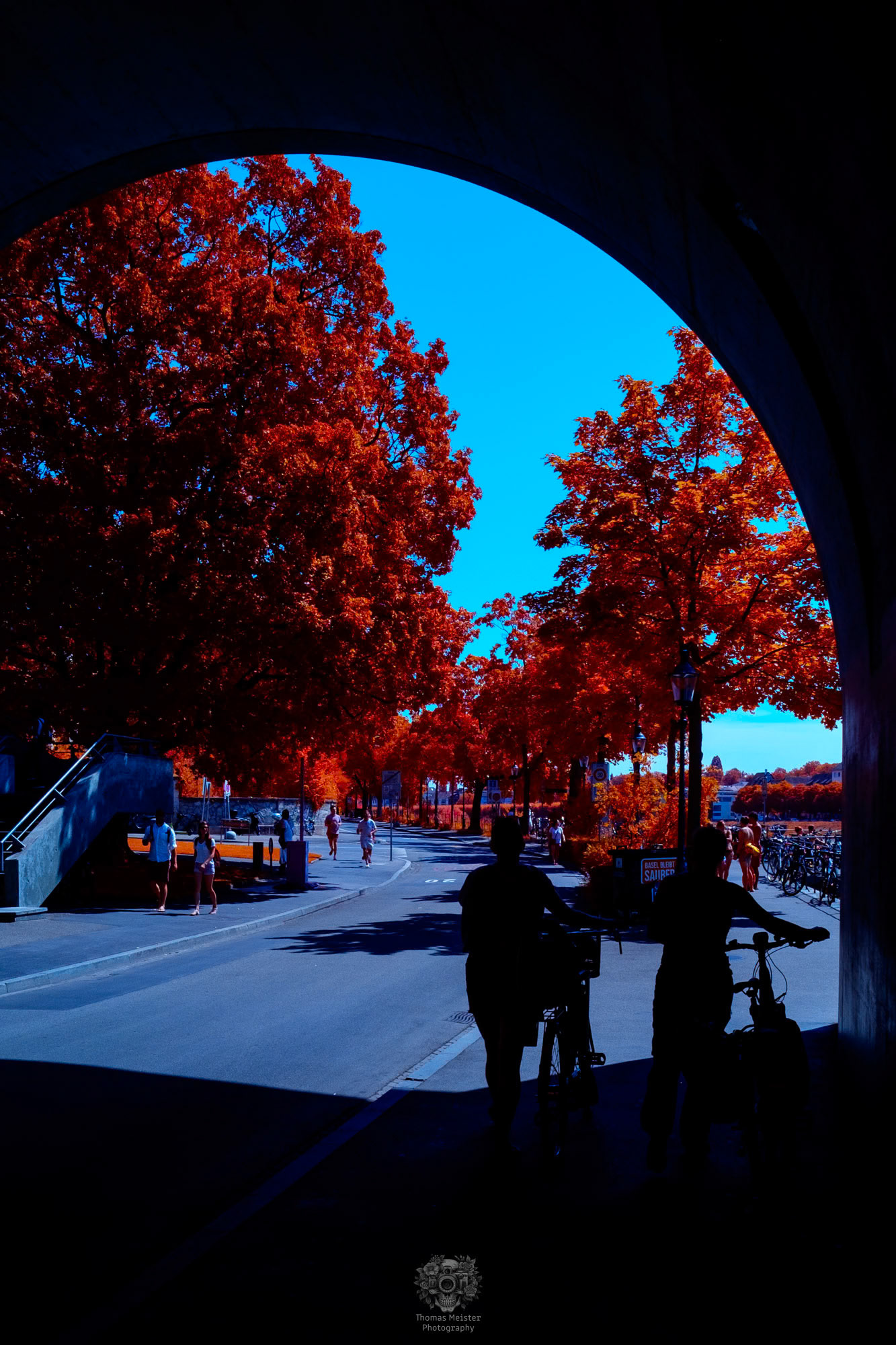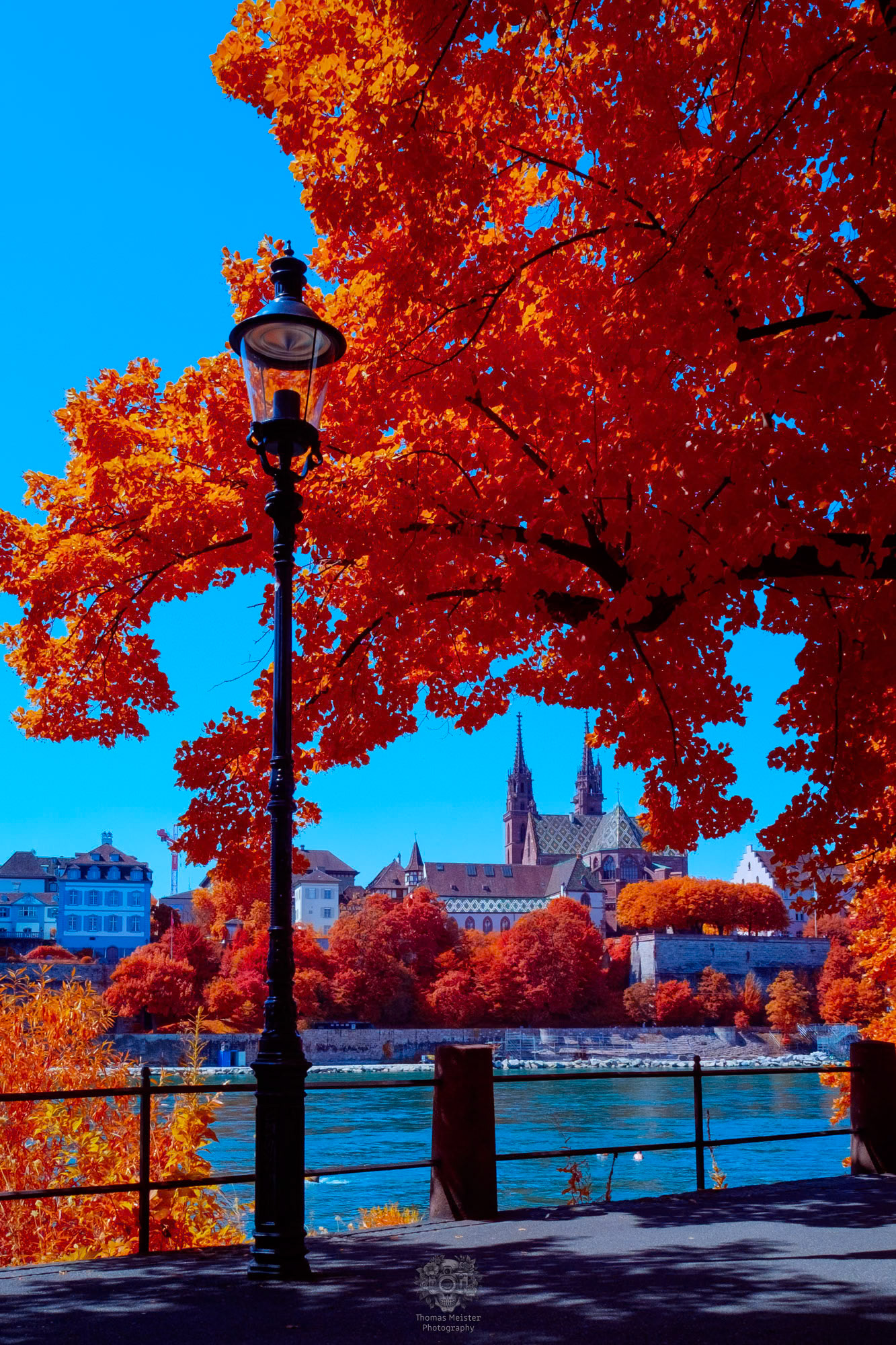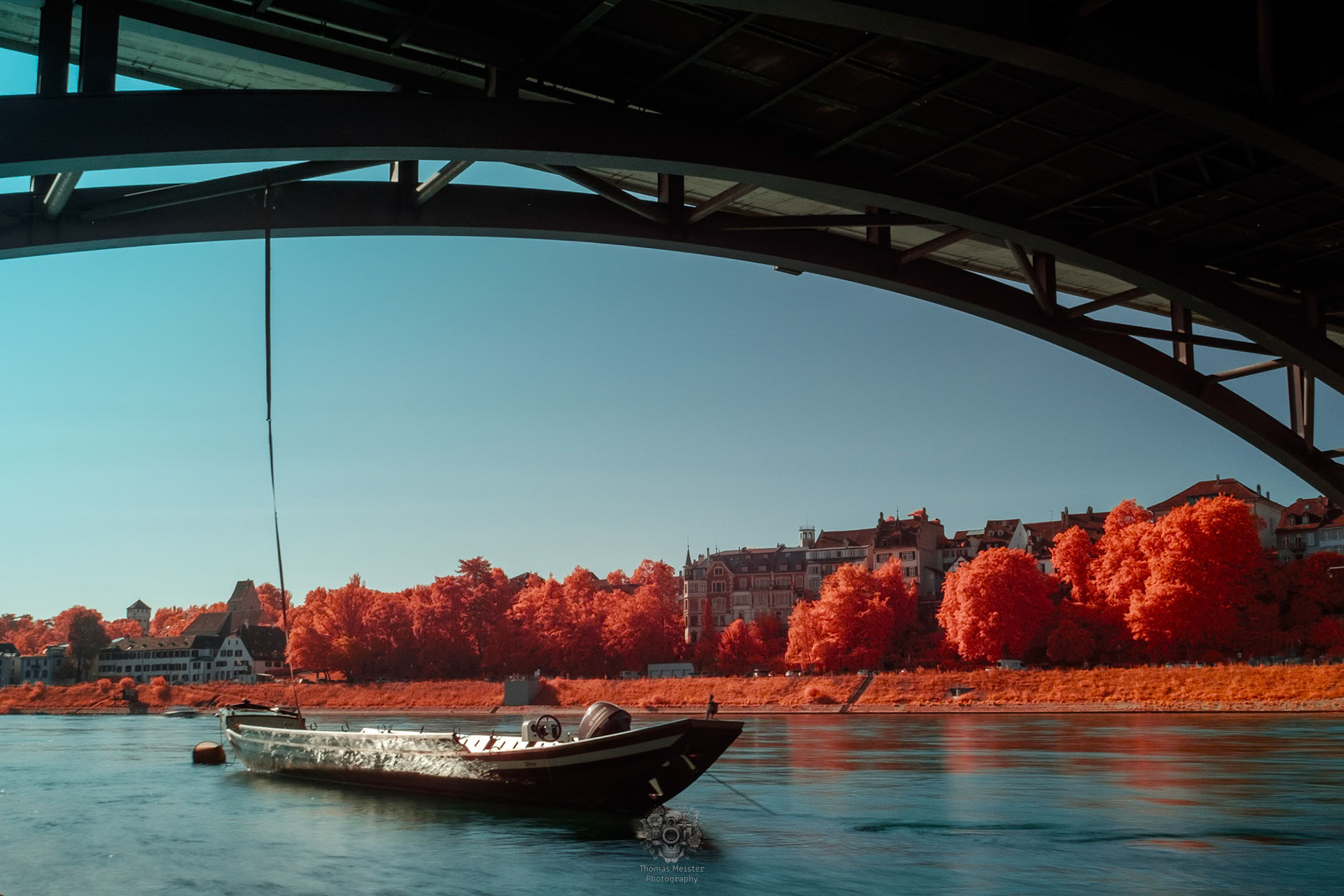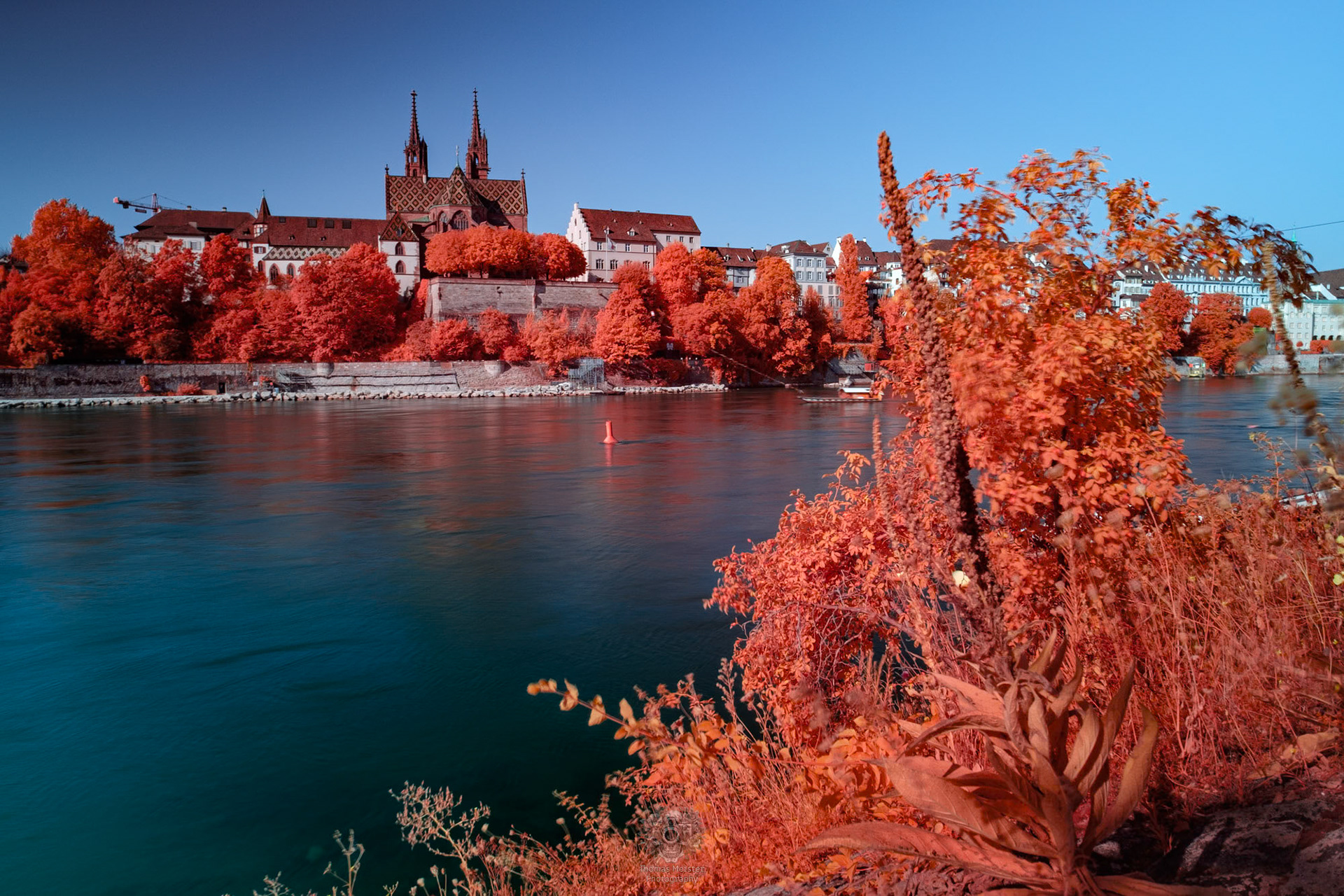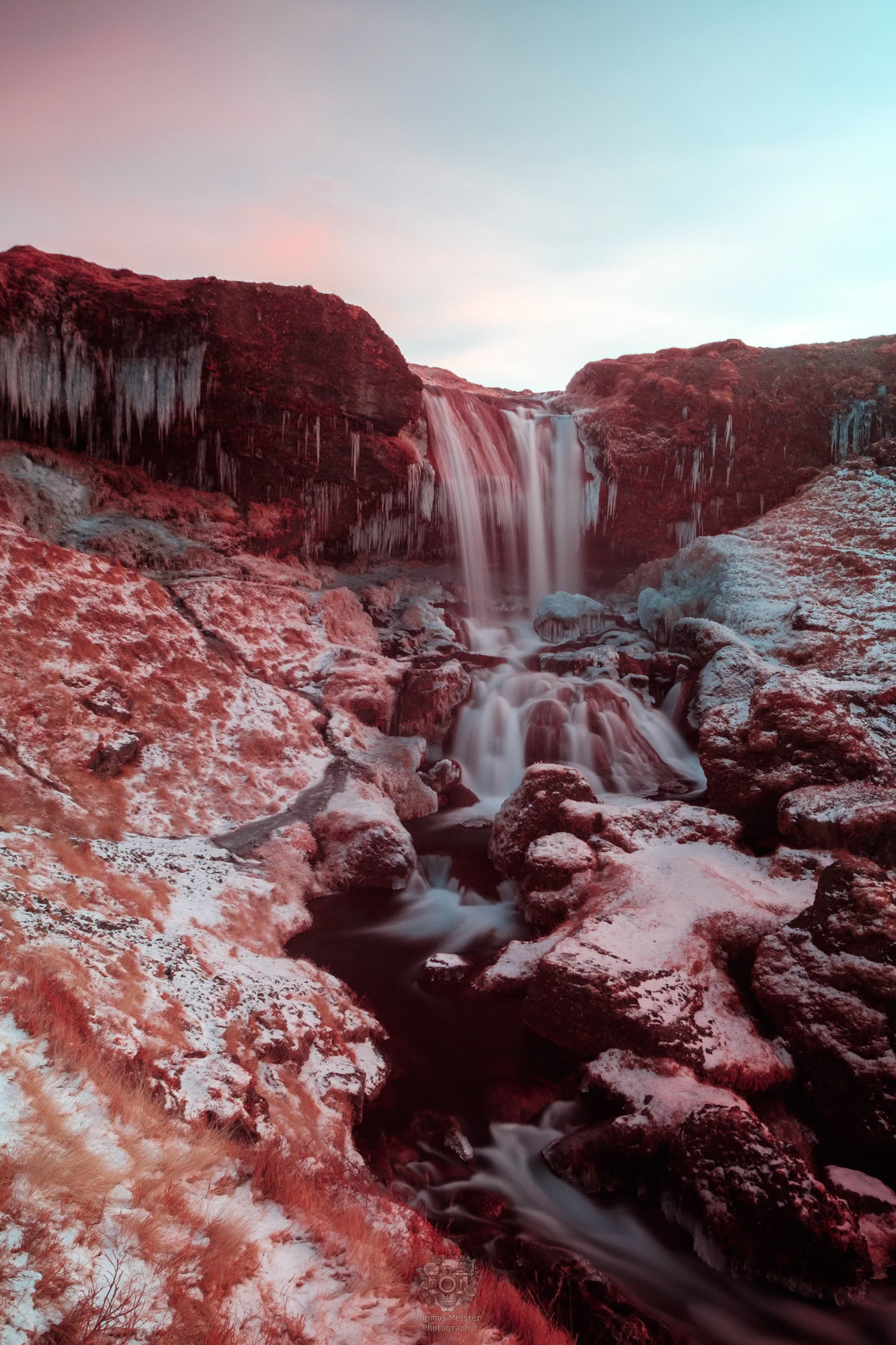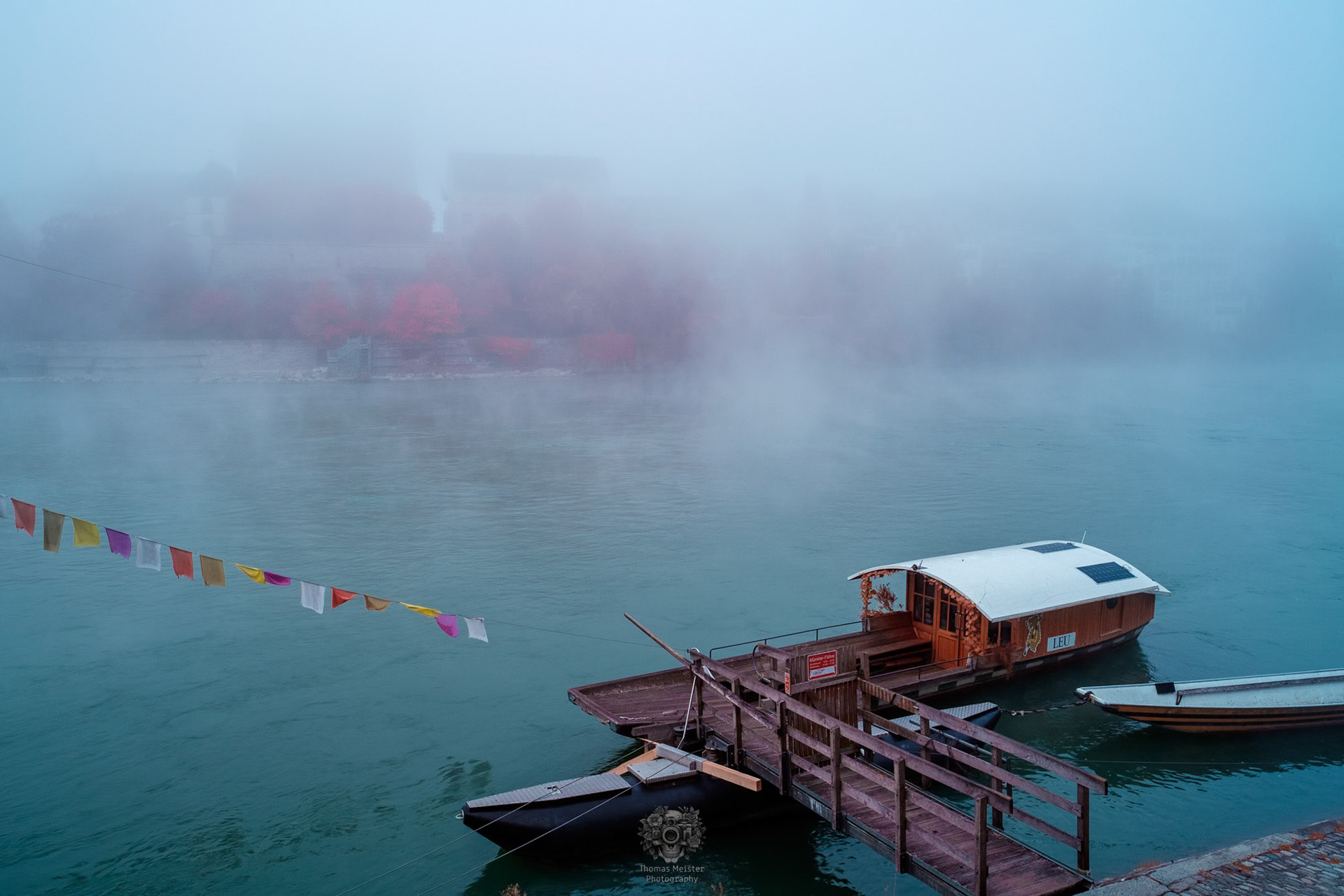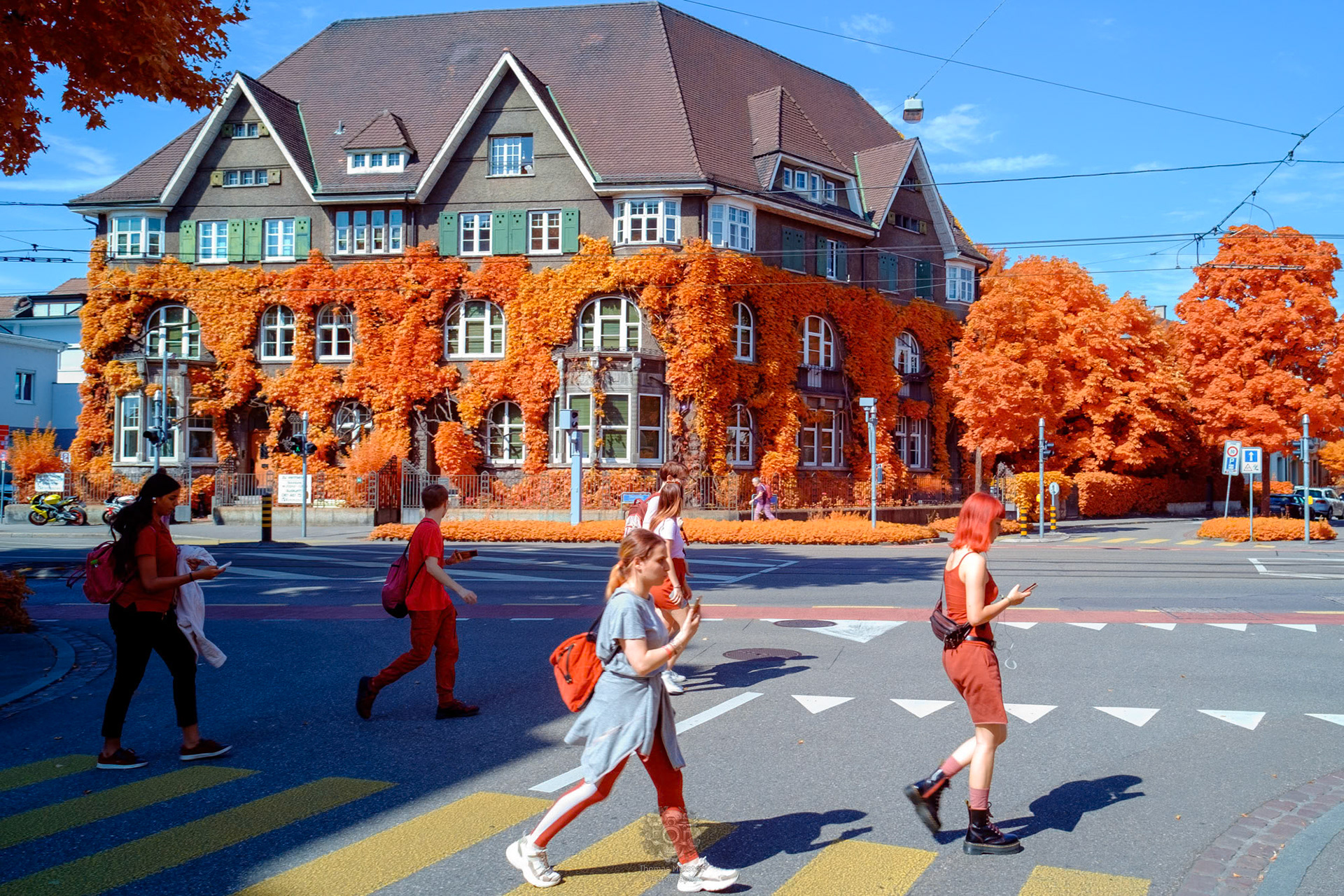What is Infrared photography?
Infrared photography is a look into the invisible world. The human eye can see wavelengths from about 400nm–700nm (from purple to red). Infrared light exists in the wavelengths beyond 700nm.
An infrared photography camera is specially designed to capture images in the infrared spectrum, revealing unique and often ethereal details that are invisible to the naked eye.
IR photography can be done with either infrared film or a digital camera and typically involves near-infrared light in the 700nm-1200nm range. This is different than thermal infrared, which images far into the infrared spectrum.
Infrared photography produces some very distinct effects, which make it aesthetically pleasing. The most striking difference is the “Wood Effect,” where leaves reflect infrared light, giving them a bright white hue in IR photos. This effect is named after photographer Robert W. Wood, who is considered the father of infrared photography.
This effect is utilized in landscape photography to produce surreal color landscapes or high-contrast black and white photographs.
Source: https://kolarivision.com/what-is-infrared-photography/
Aerochrome look: https://kolarivision.com/history-of-ir-chrome-filter/
